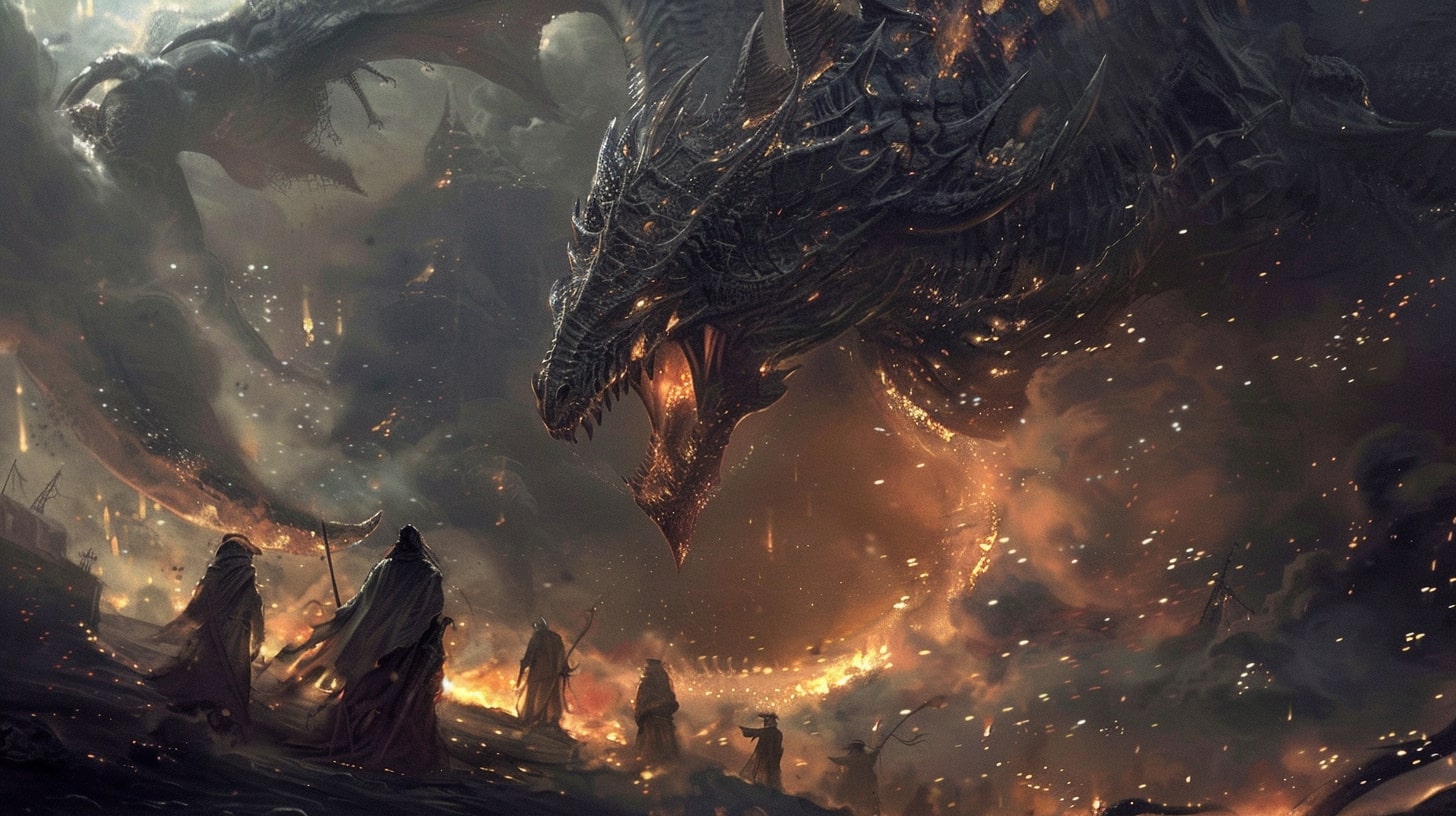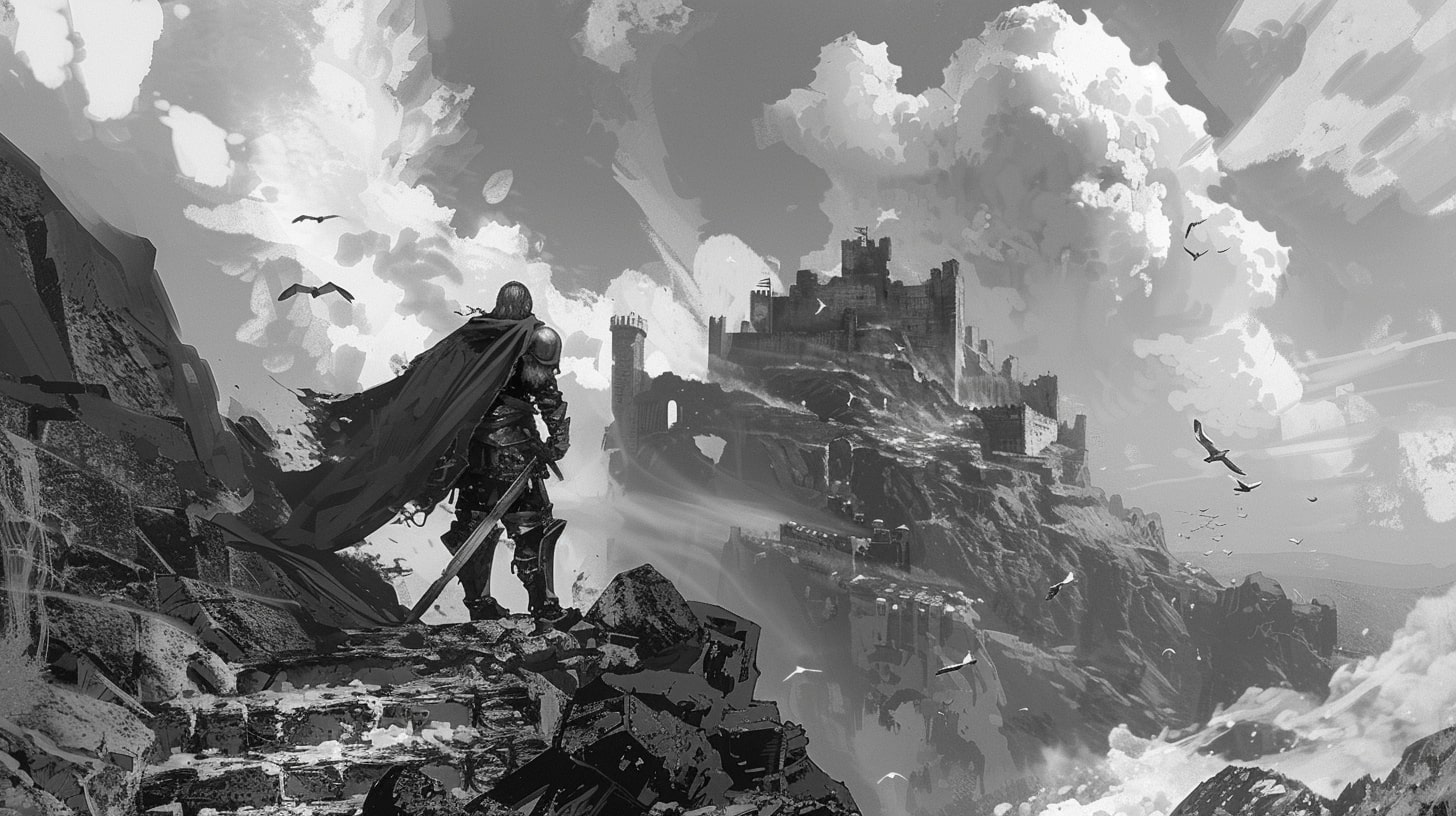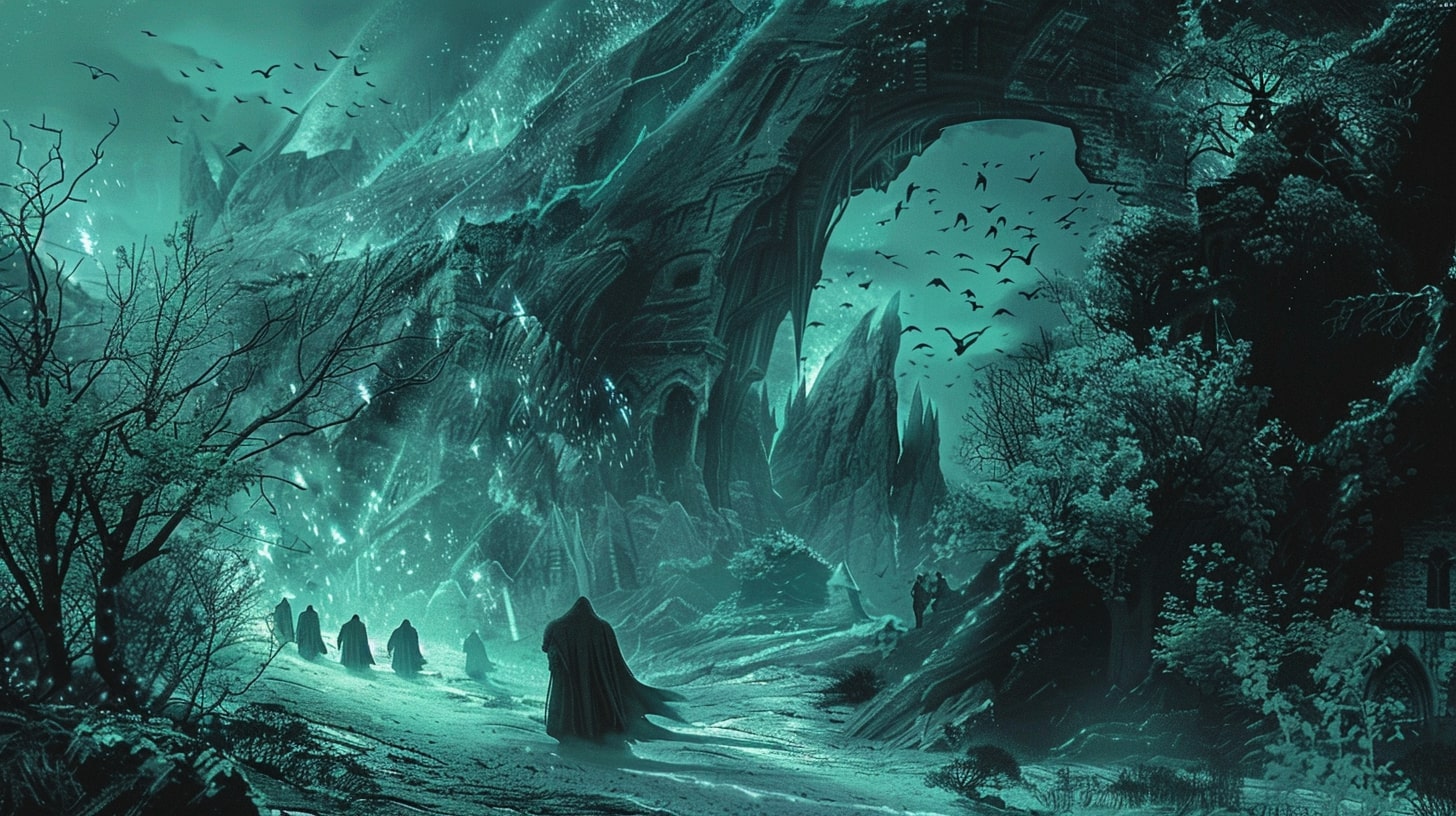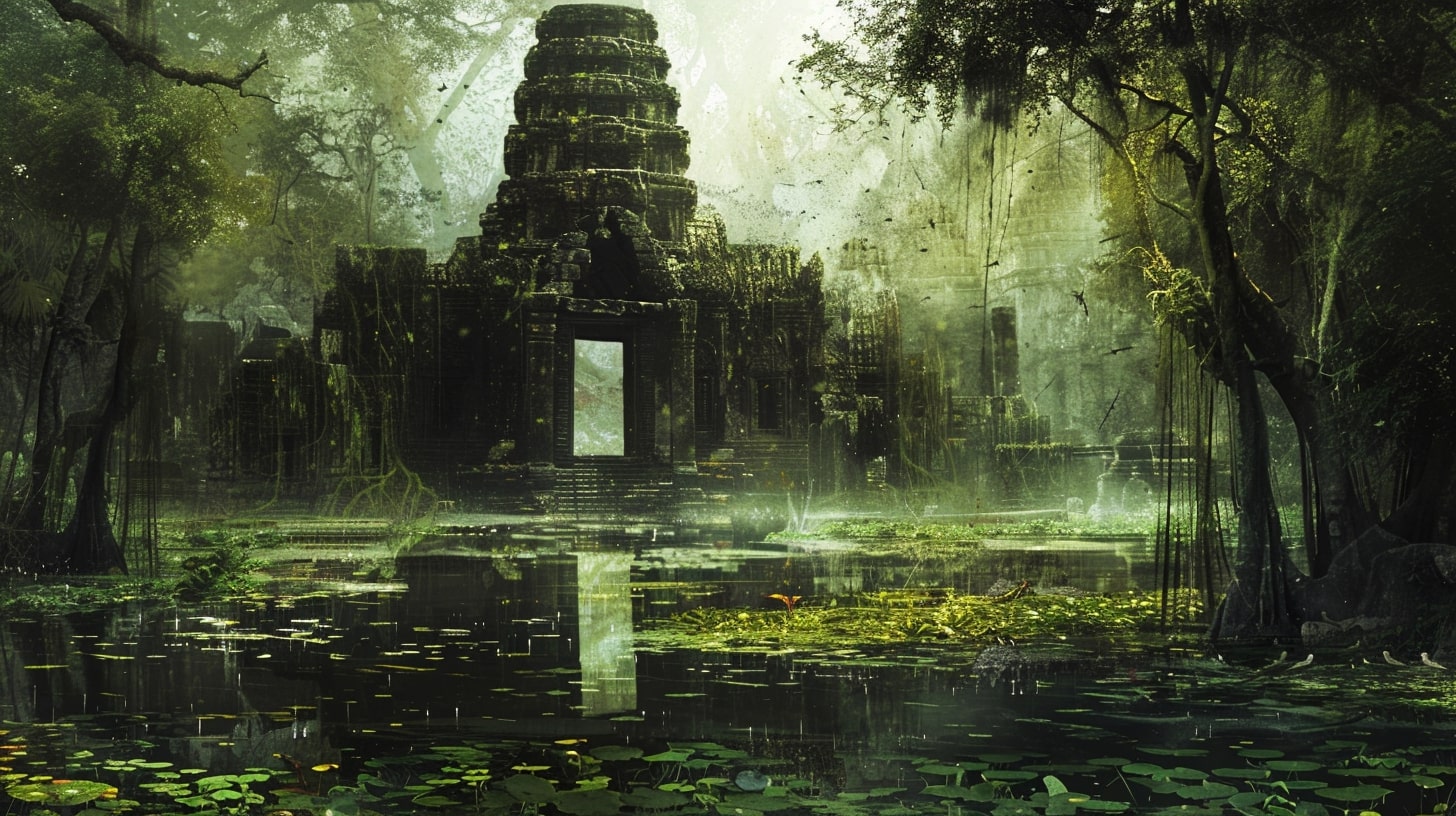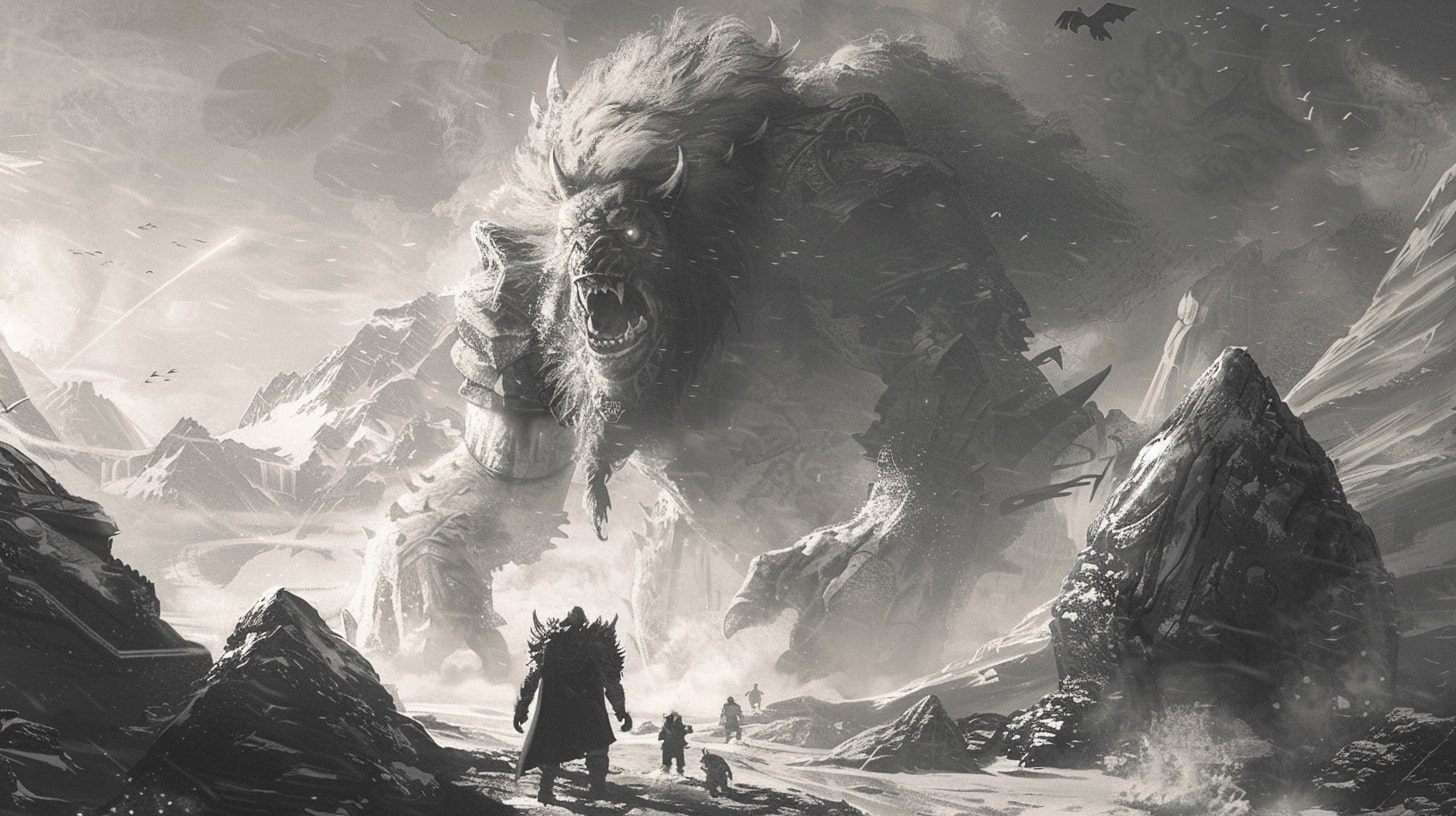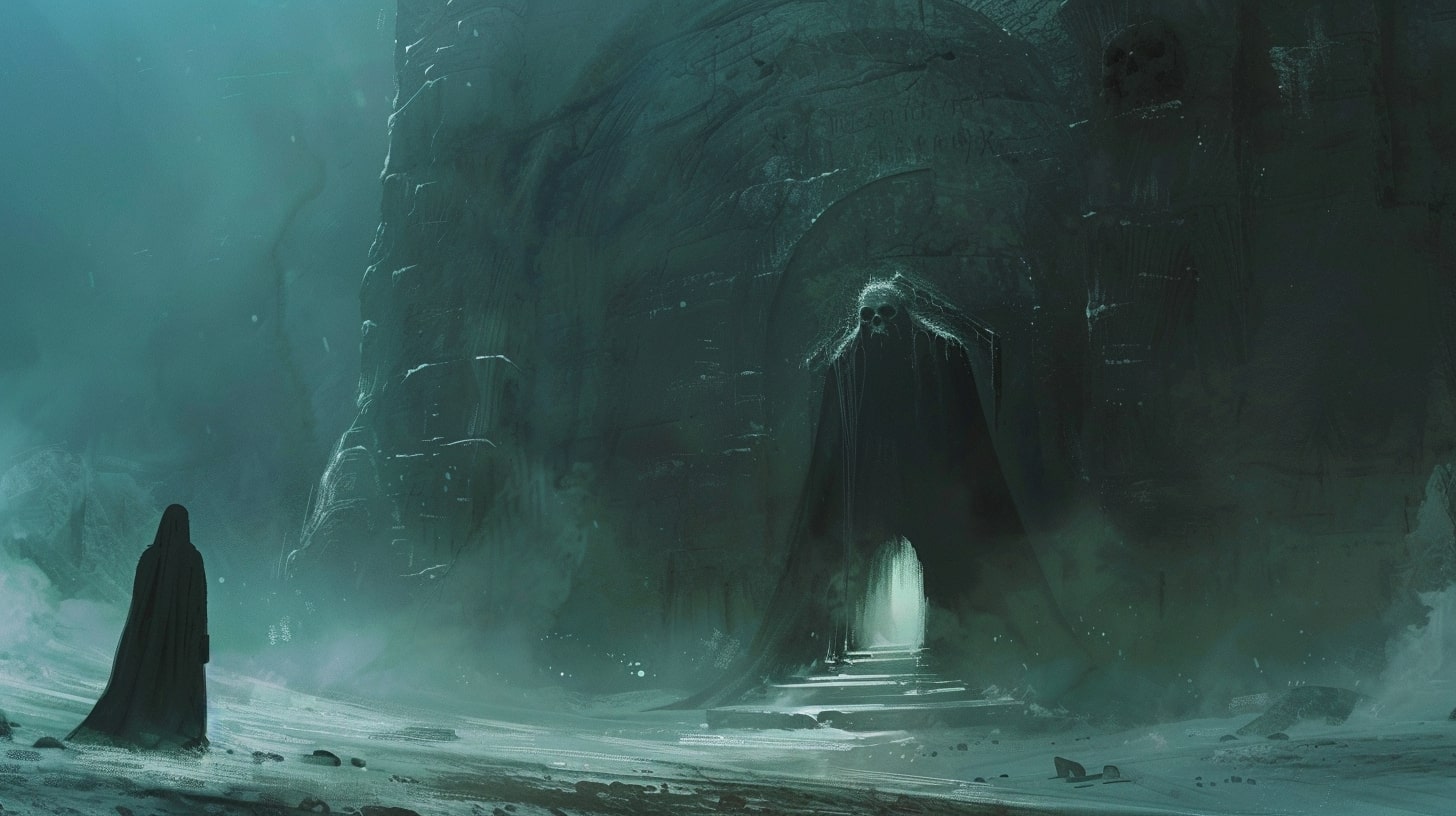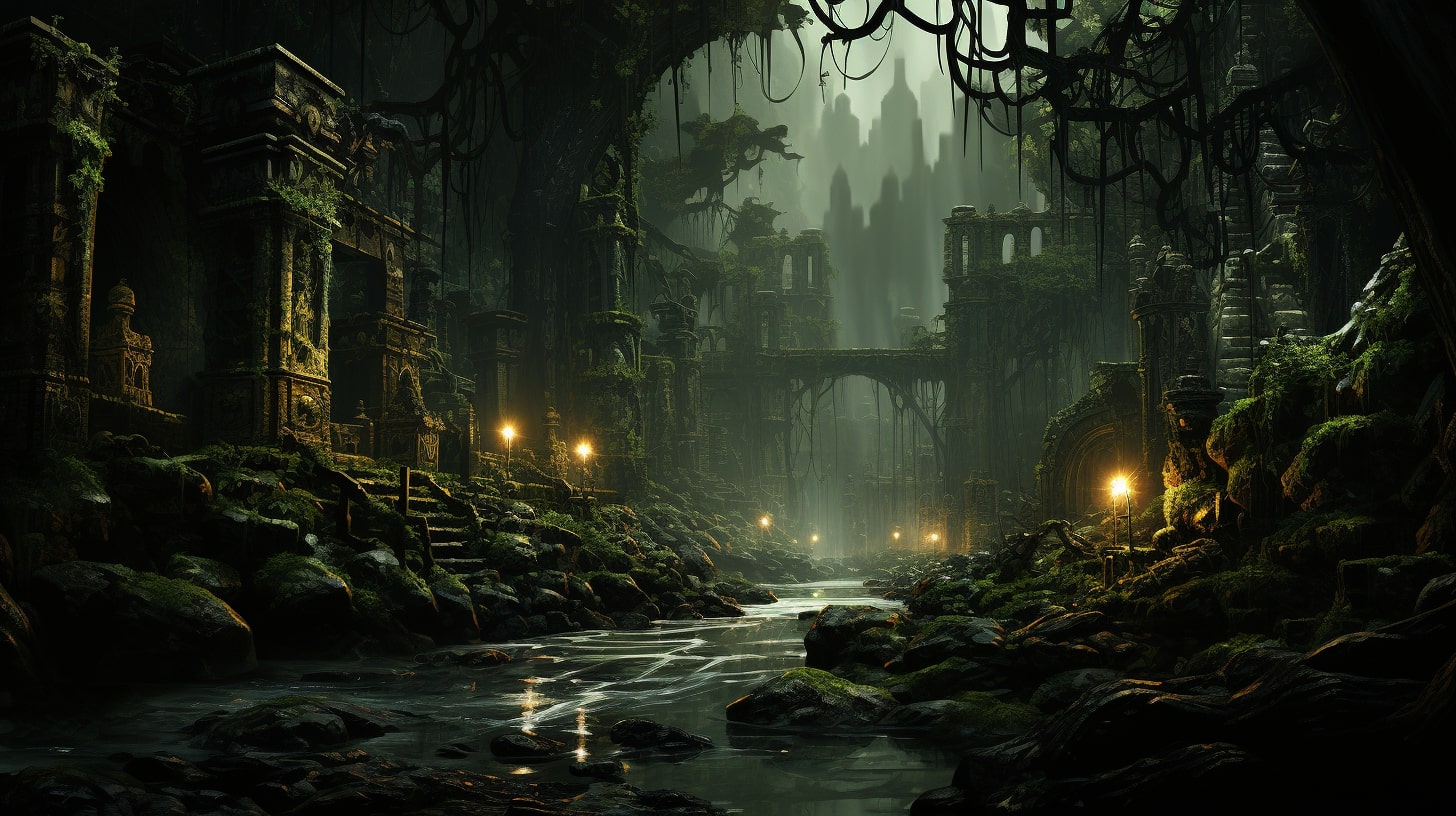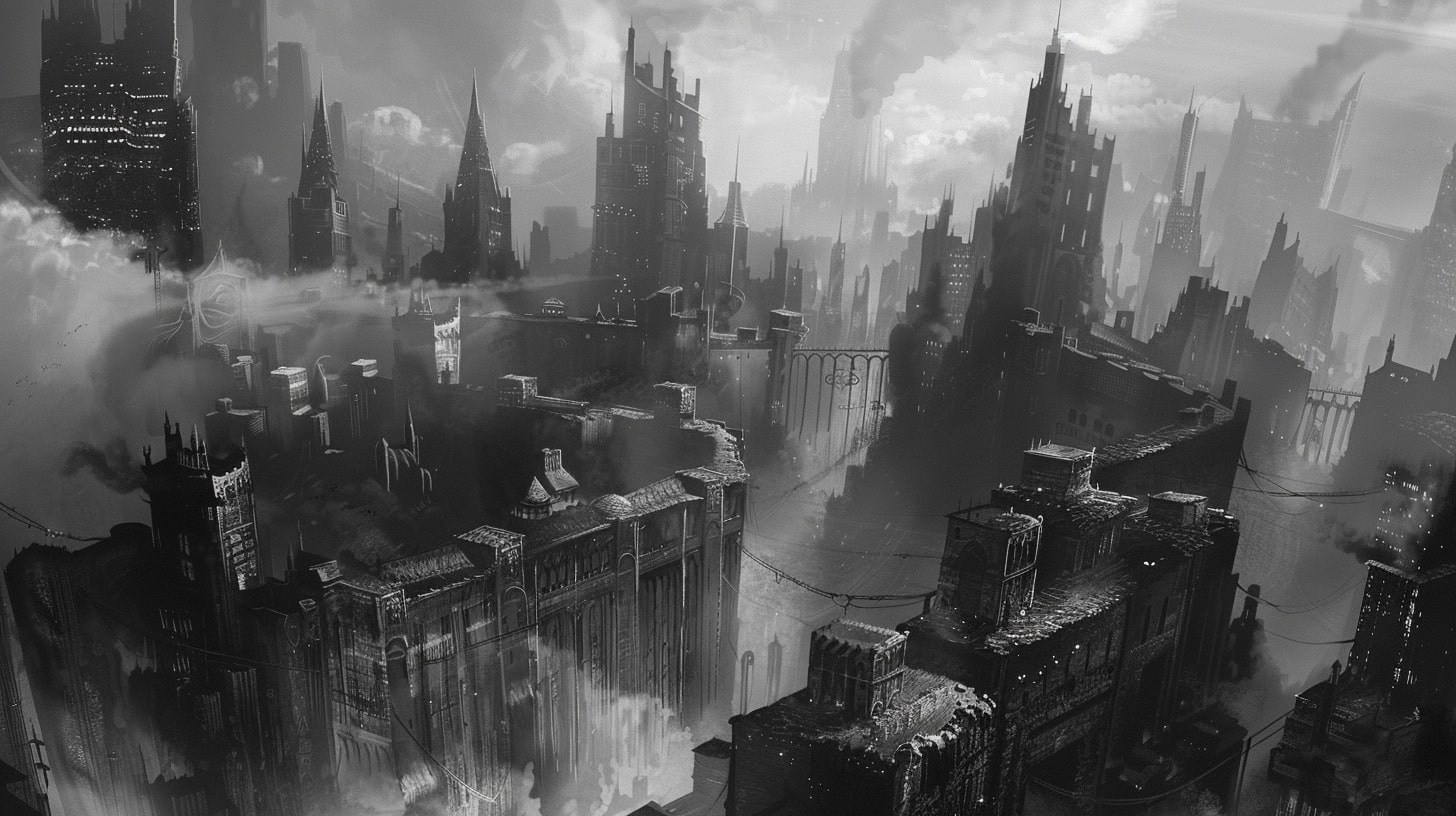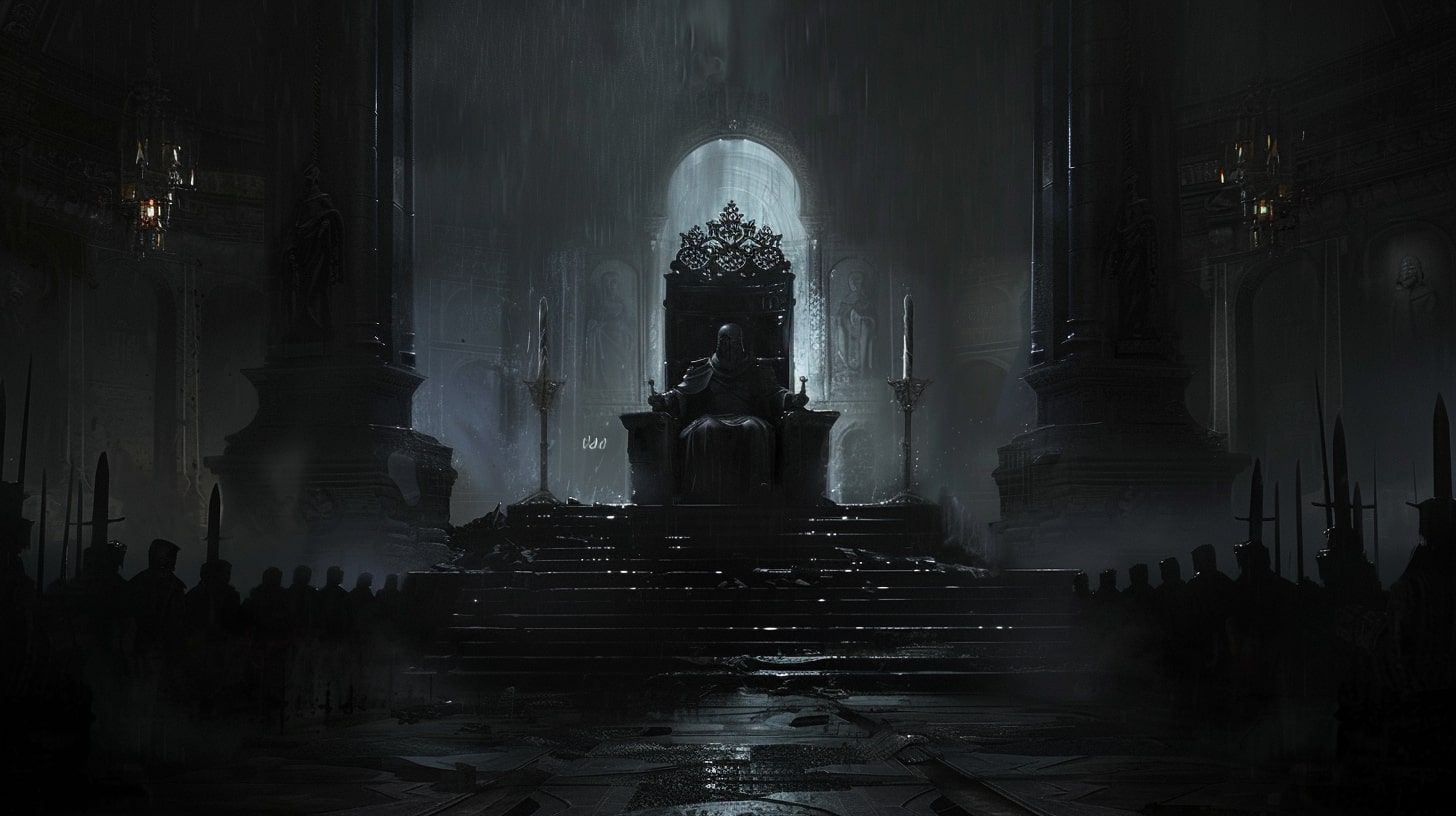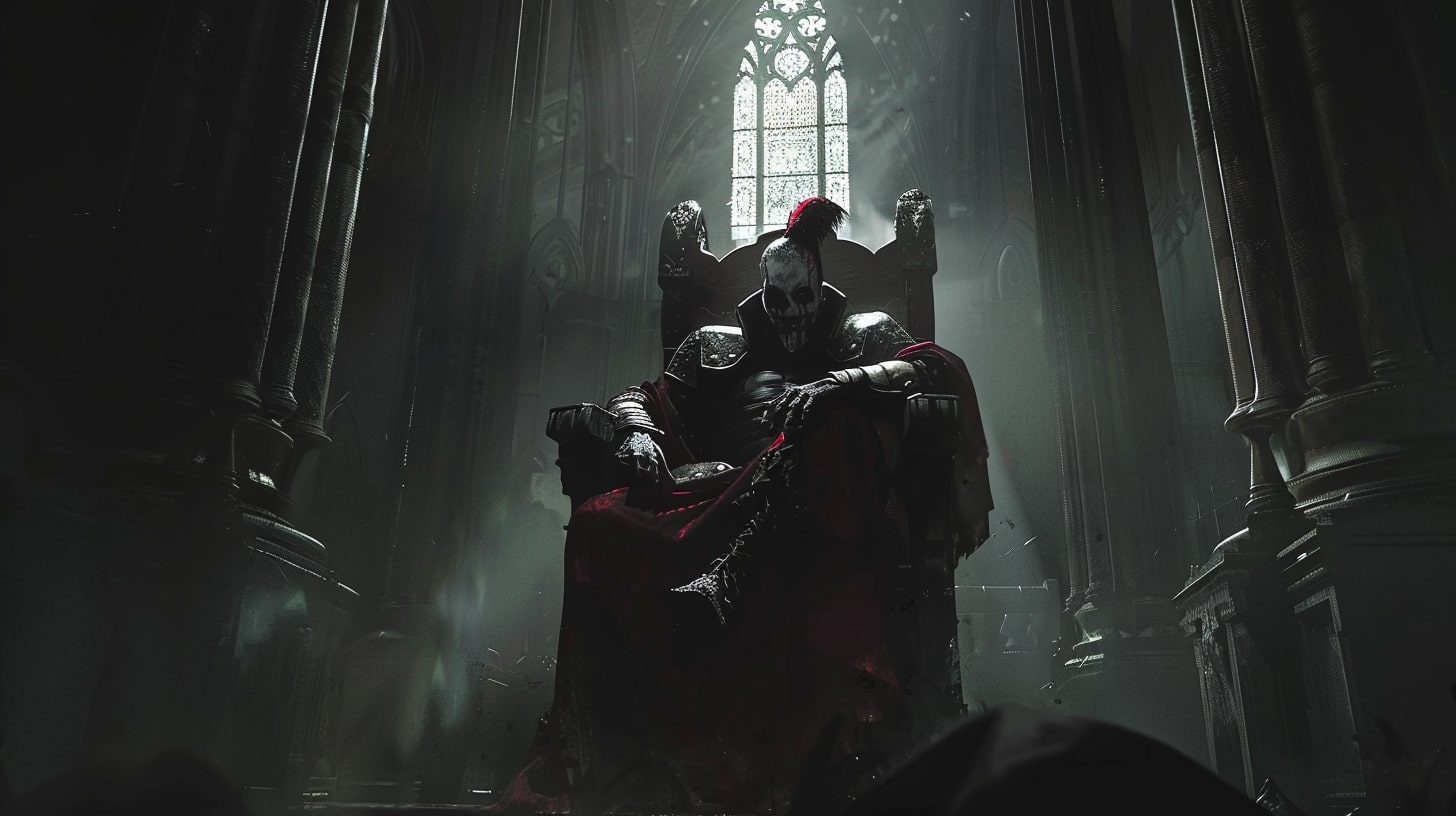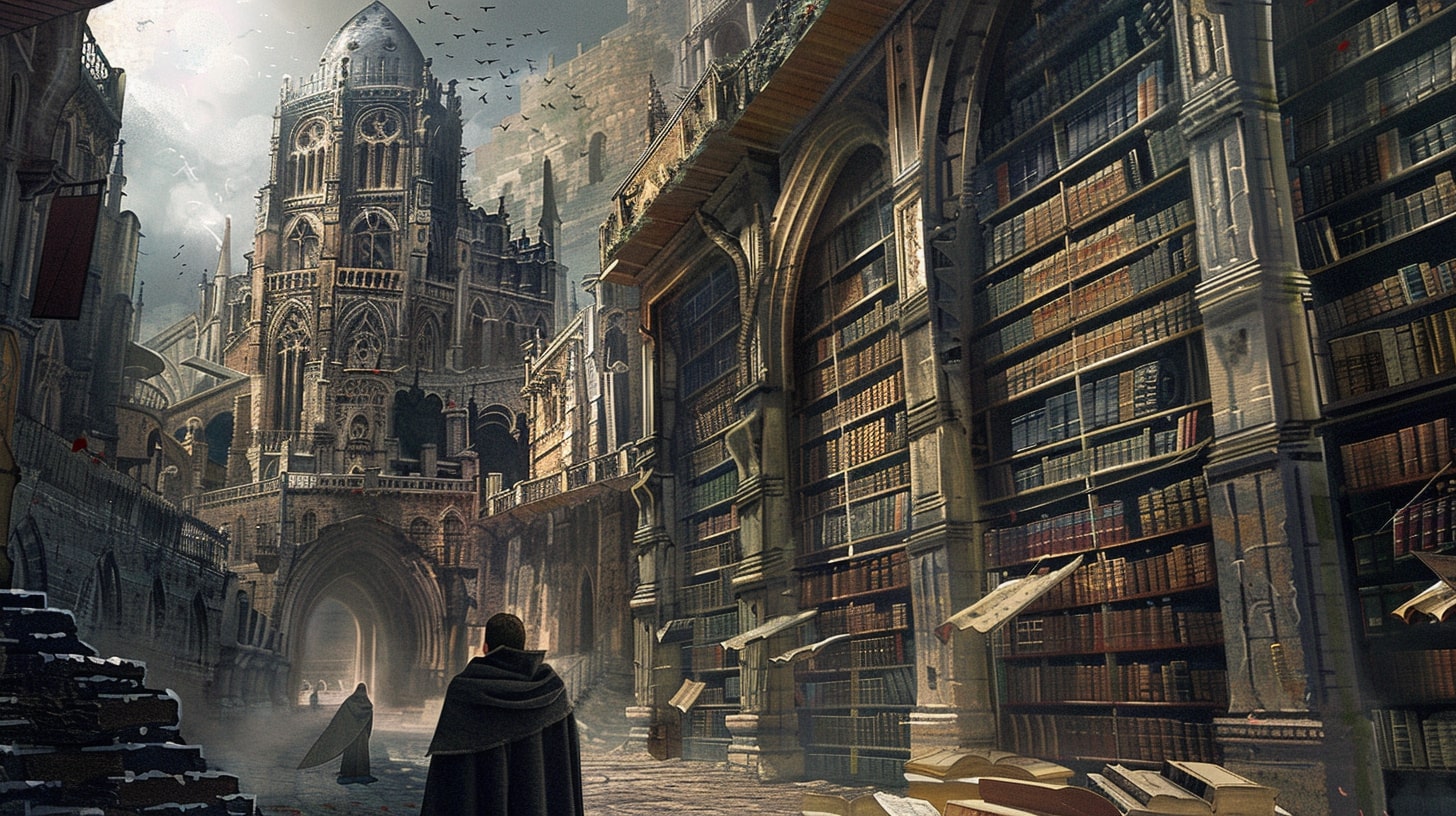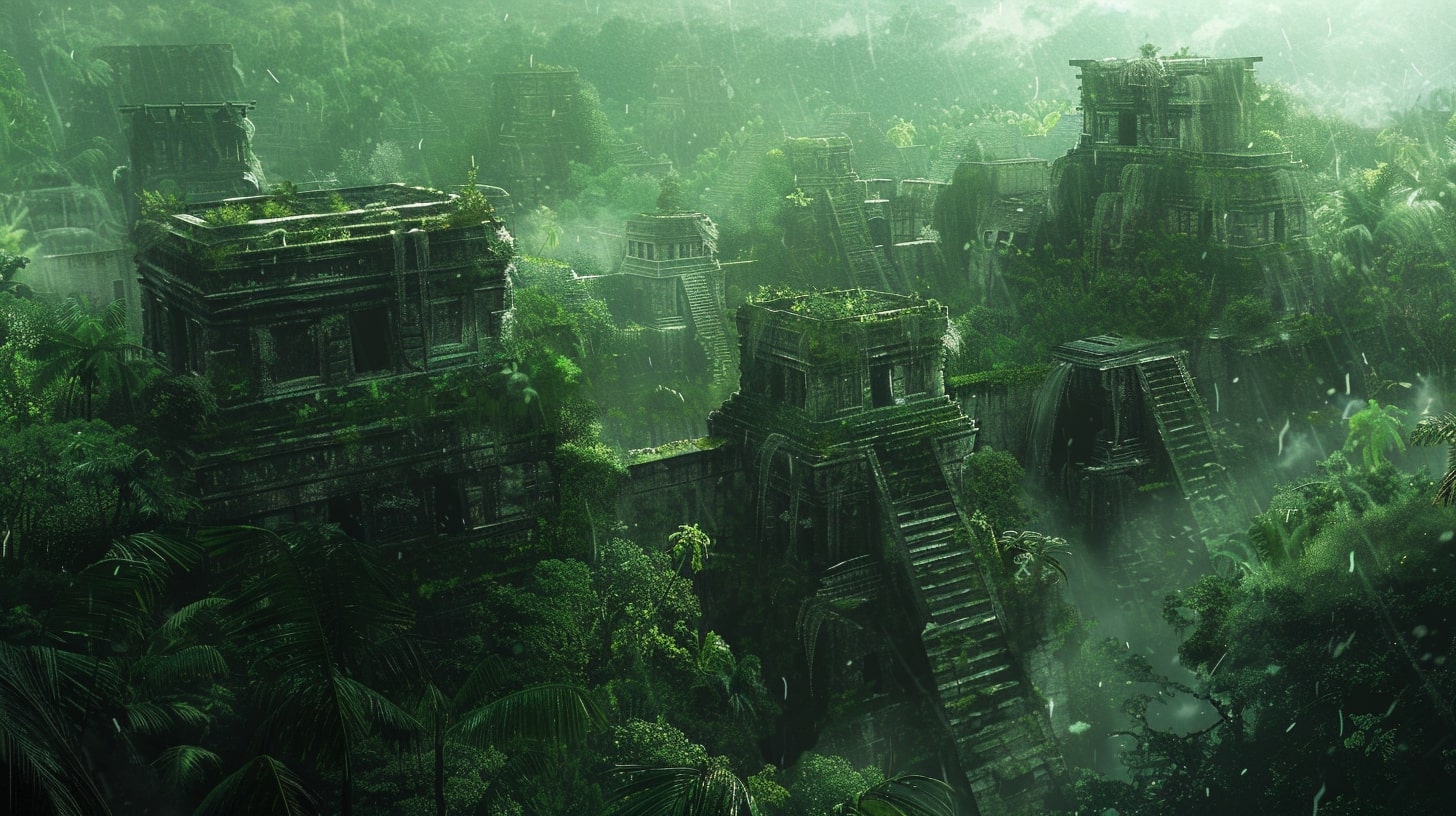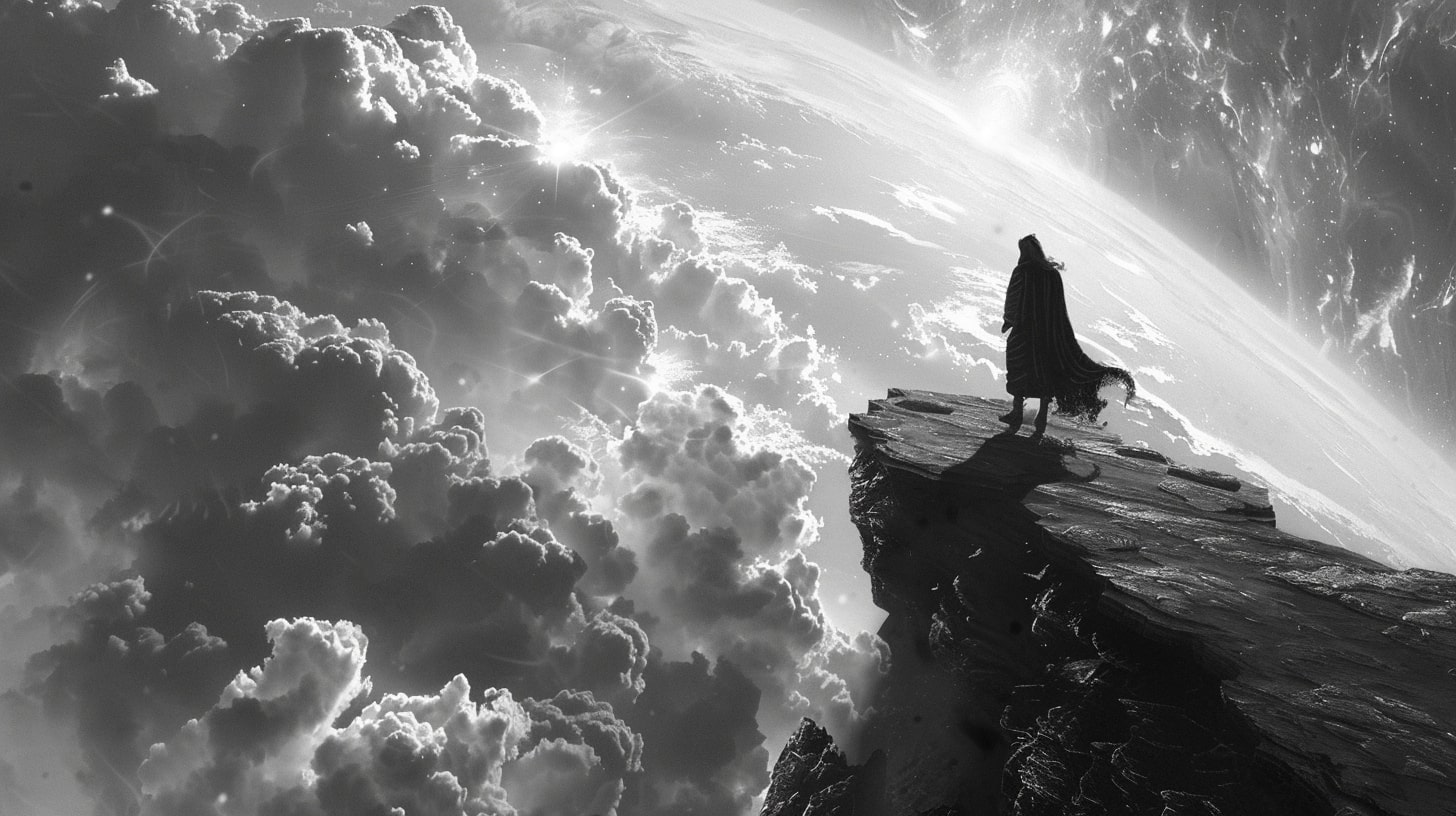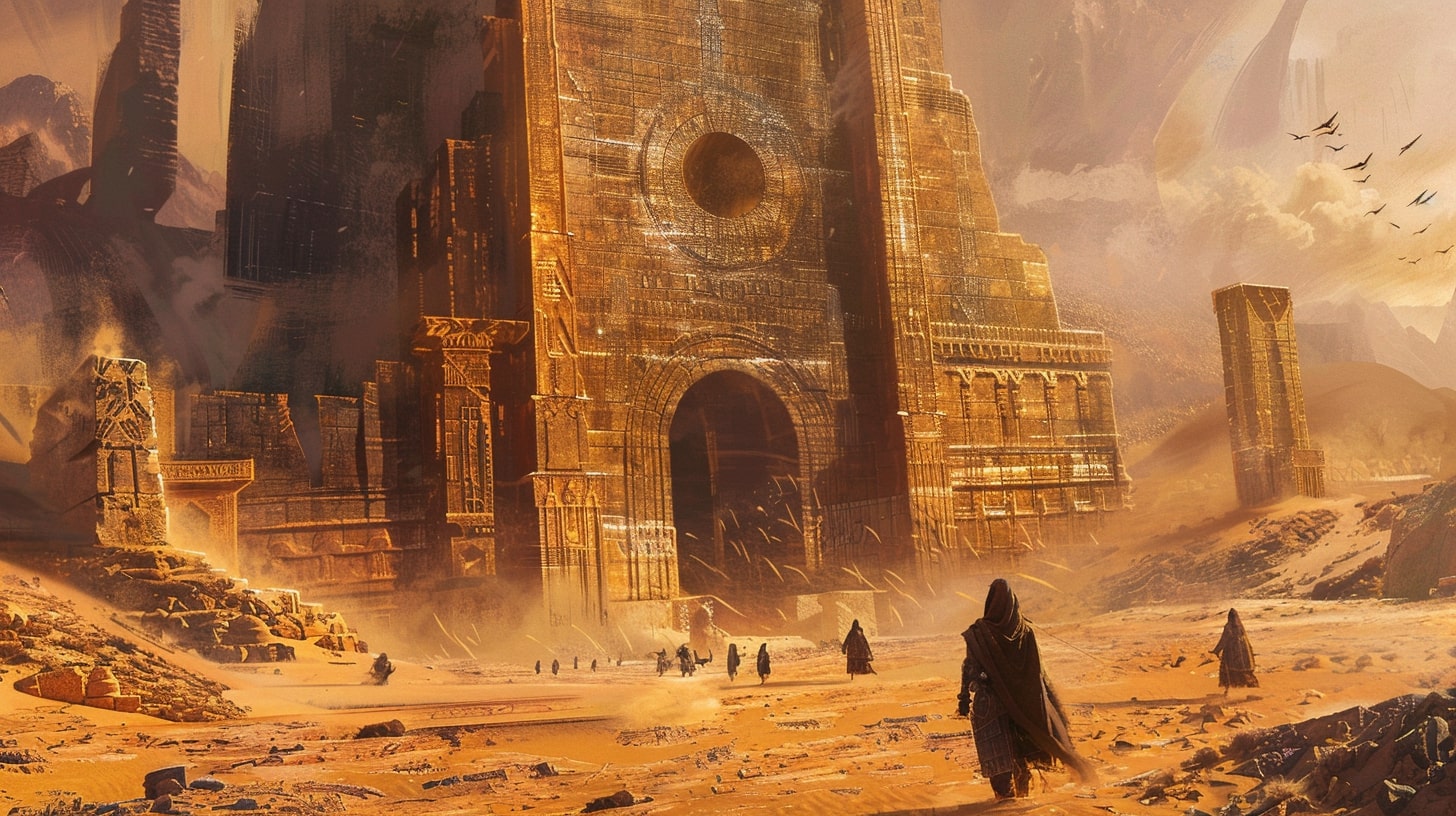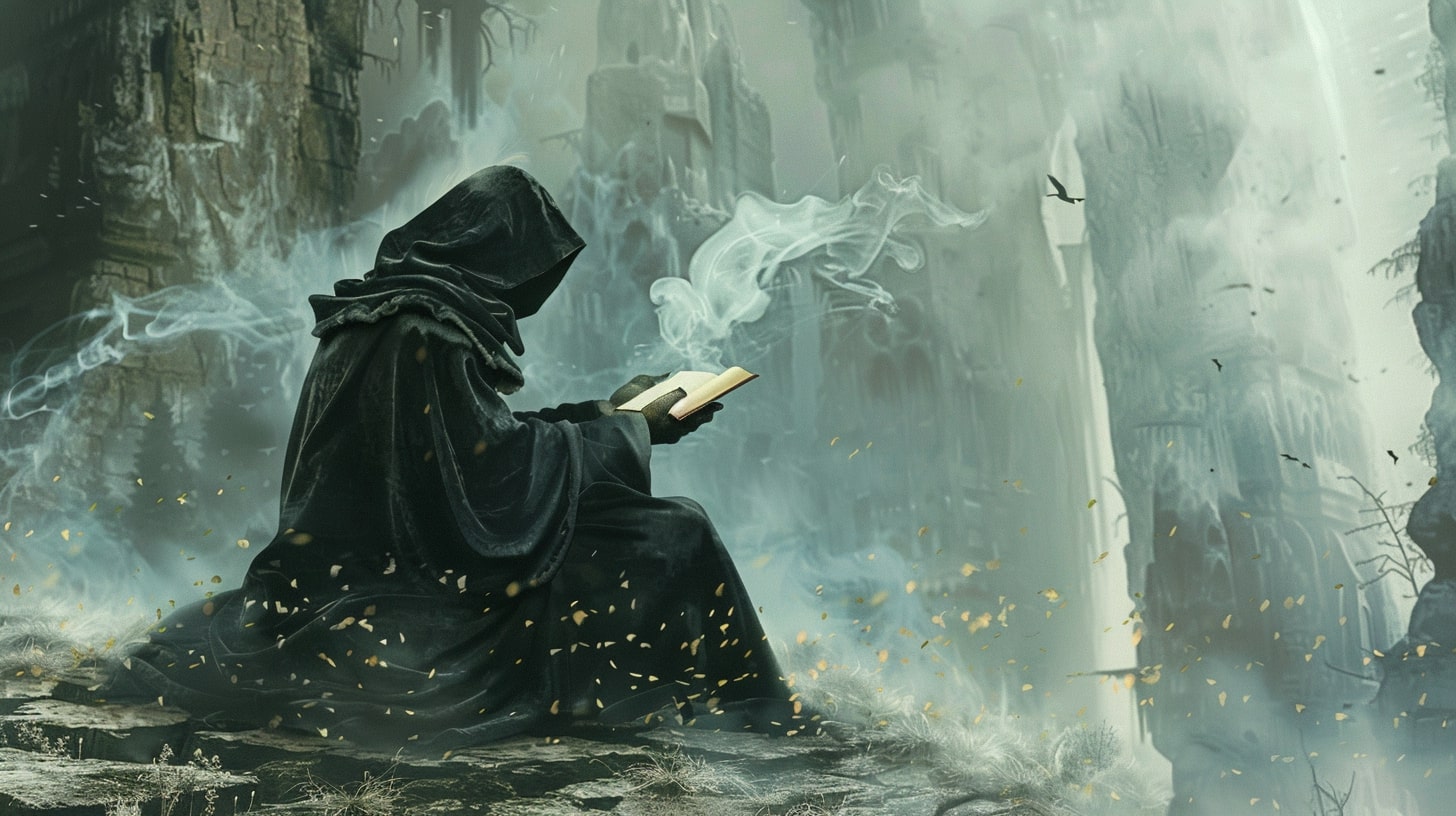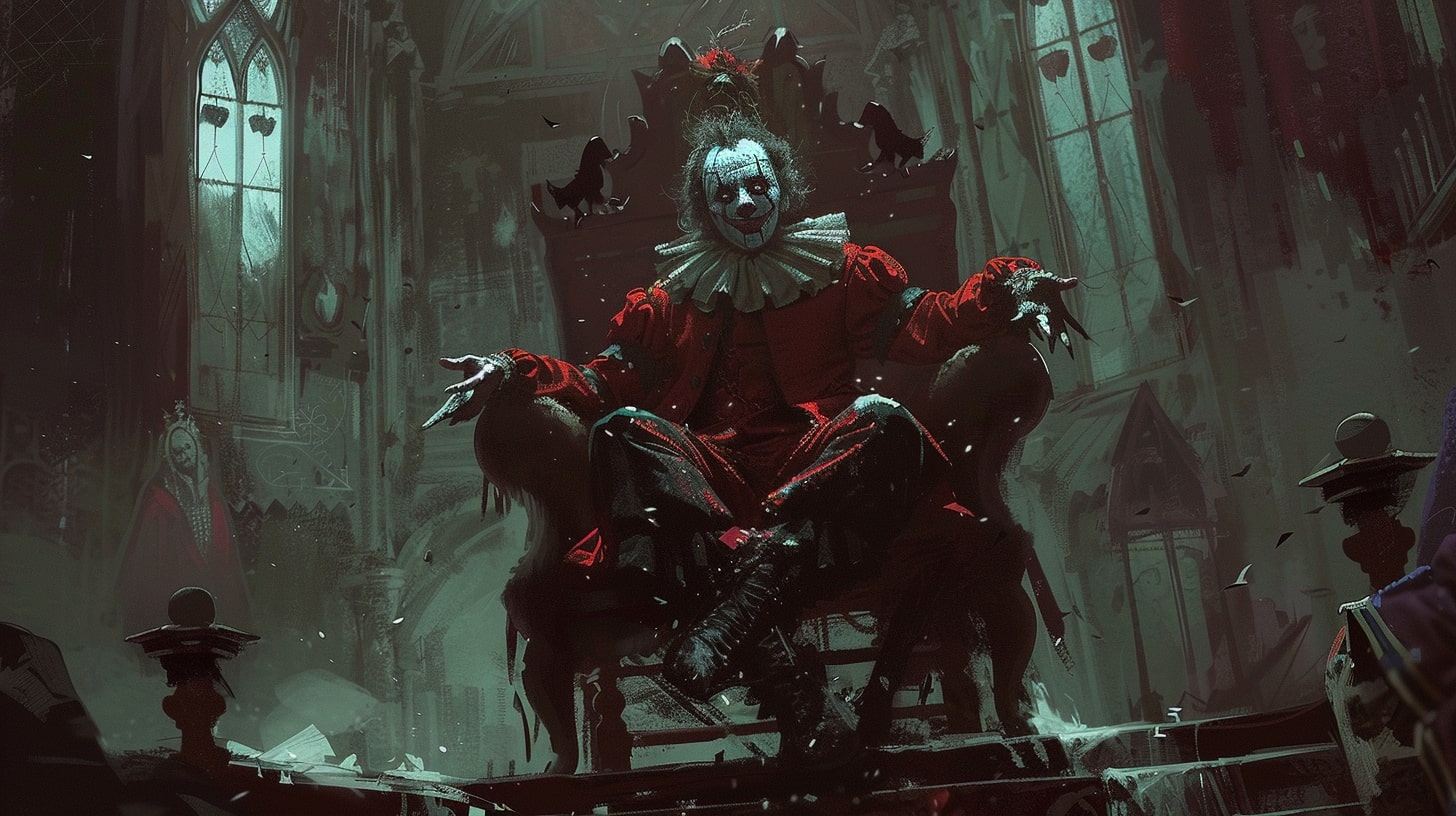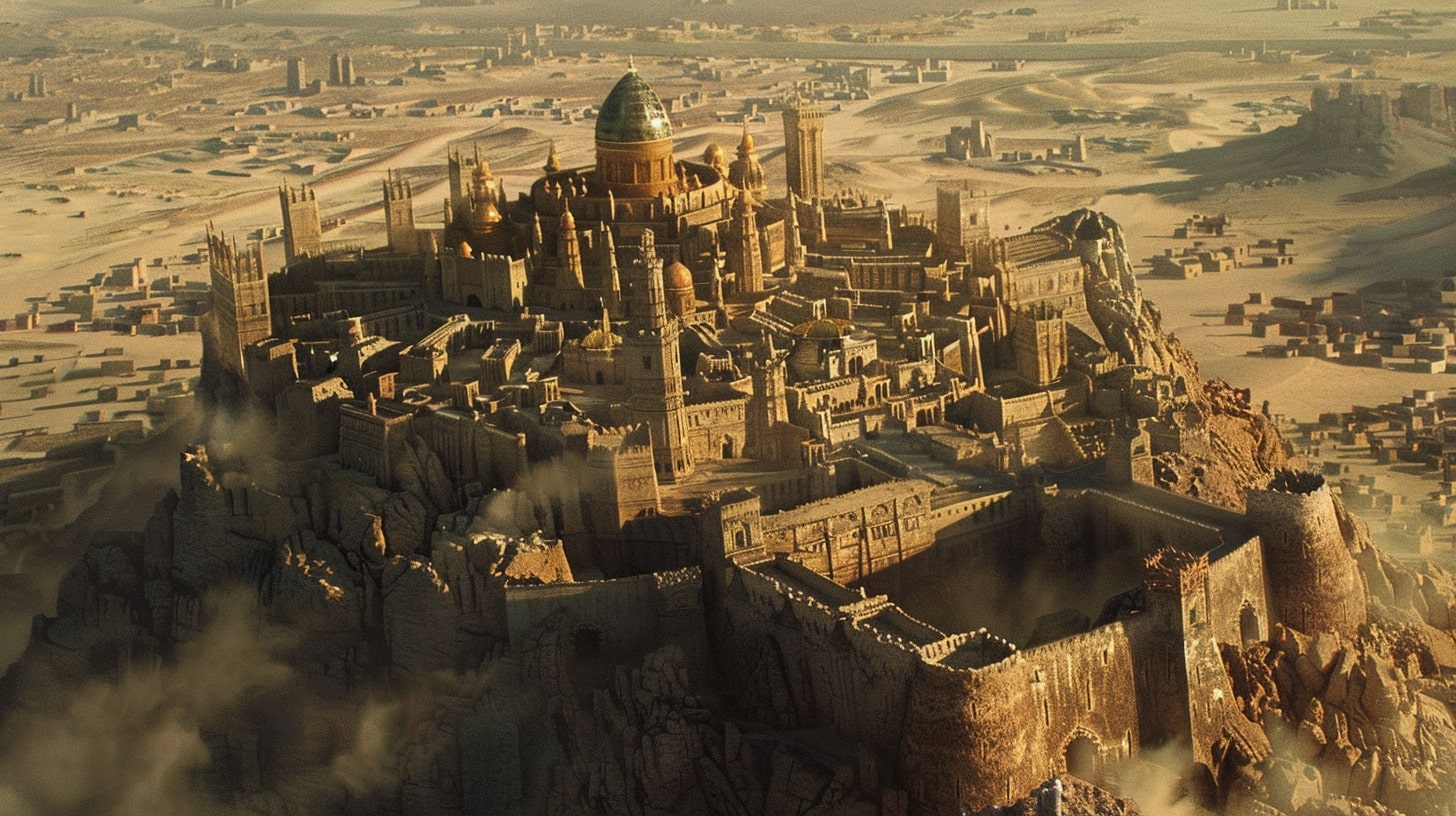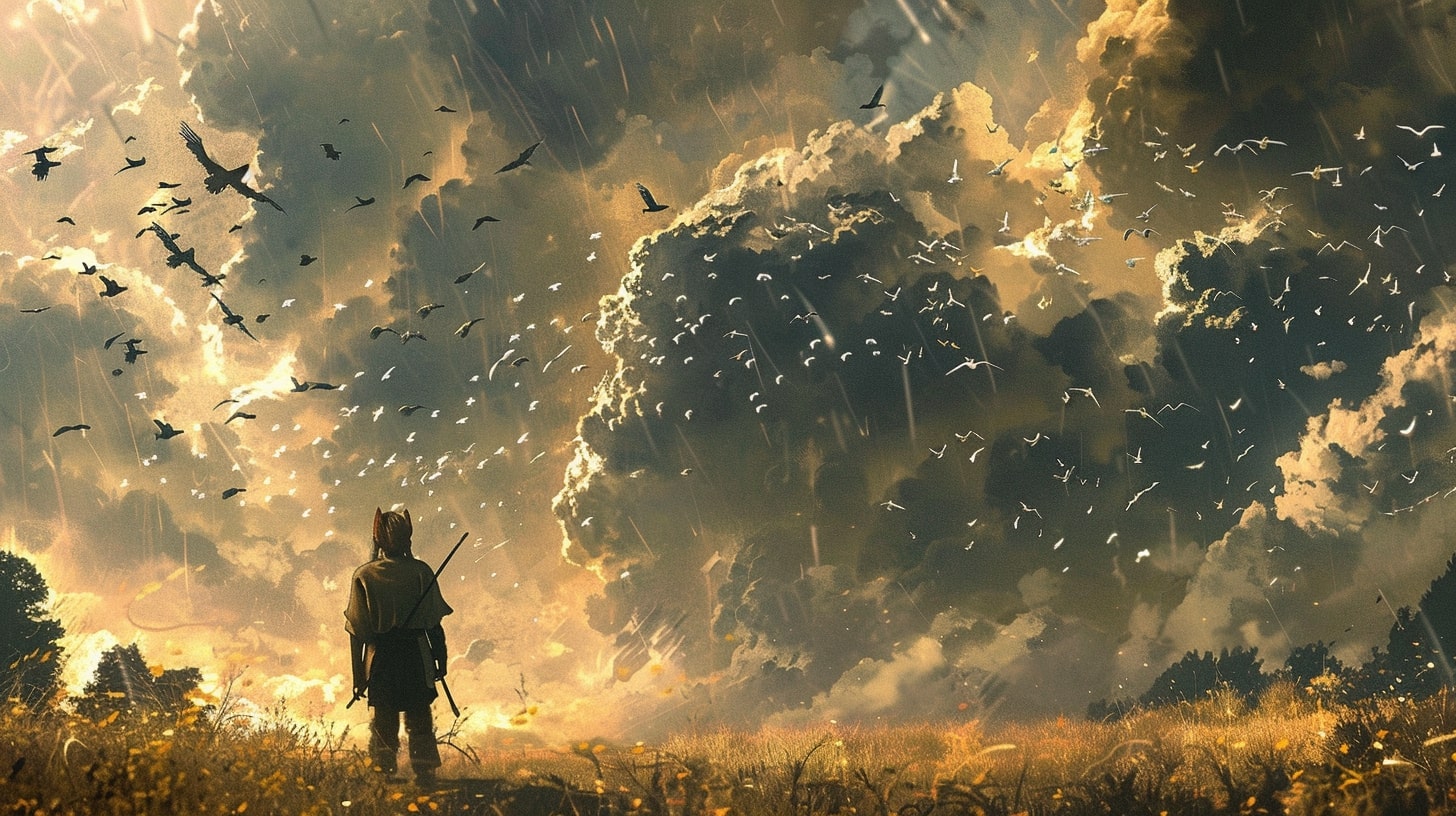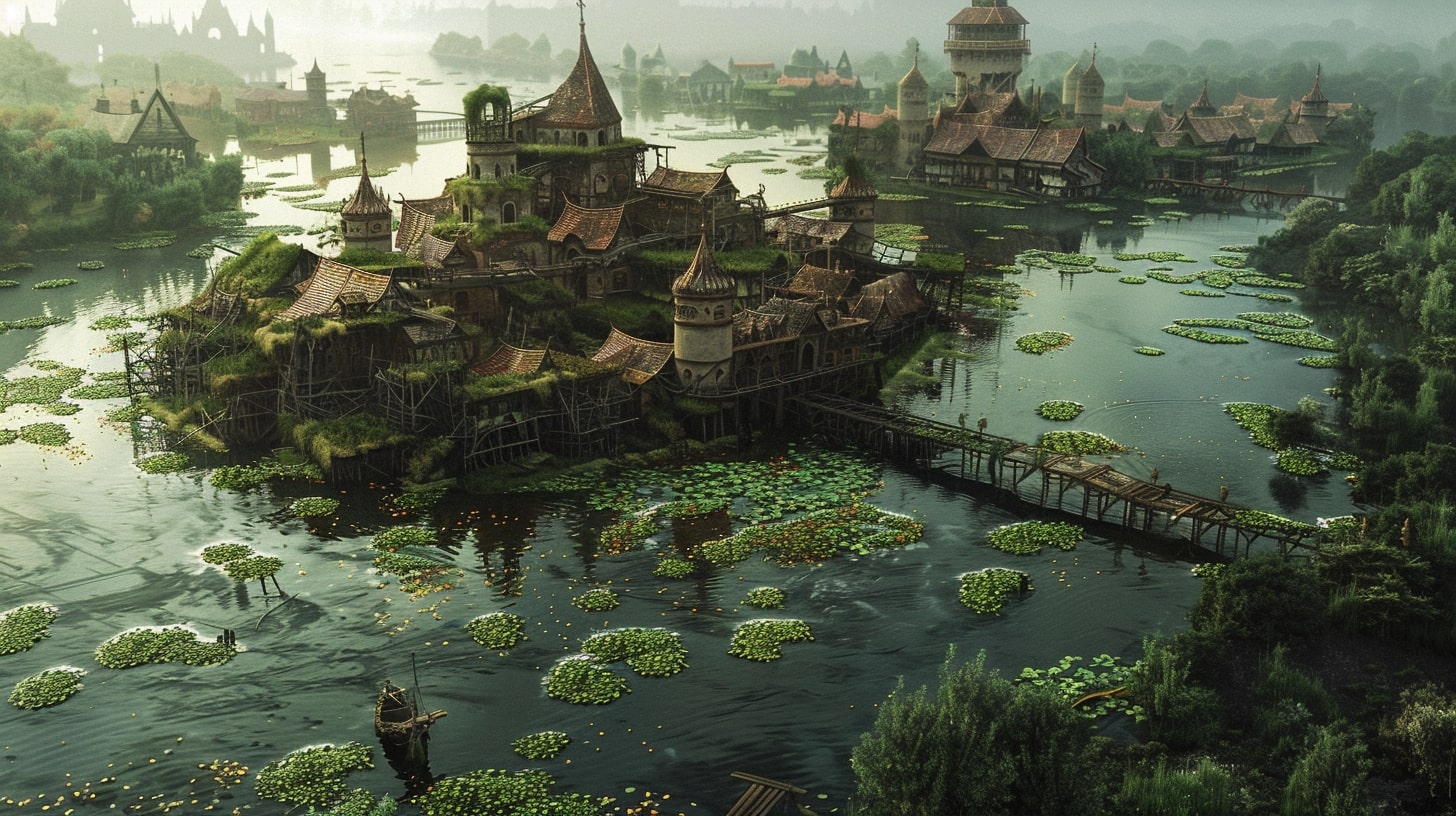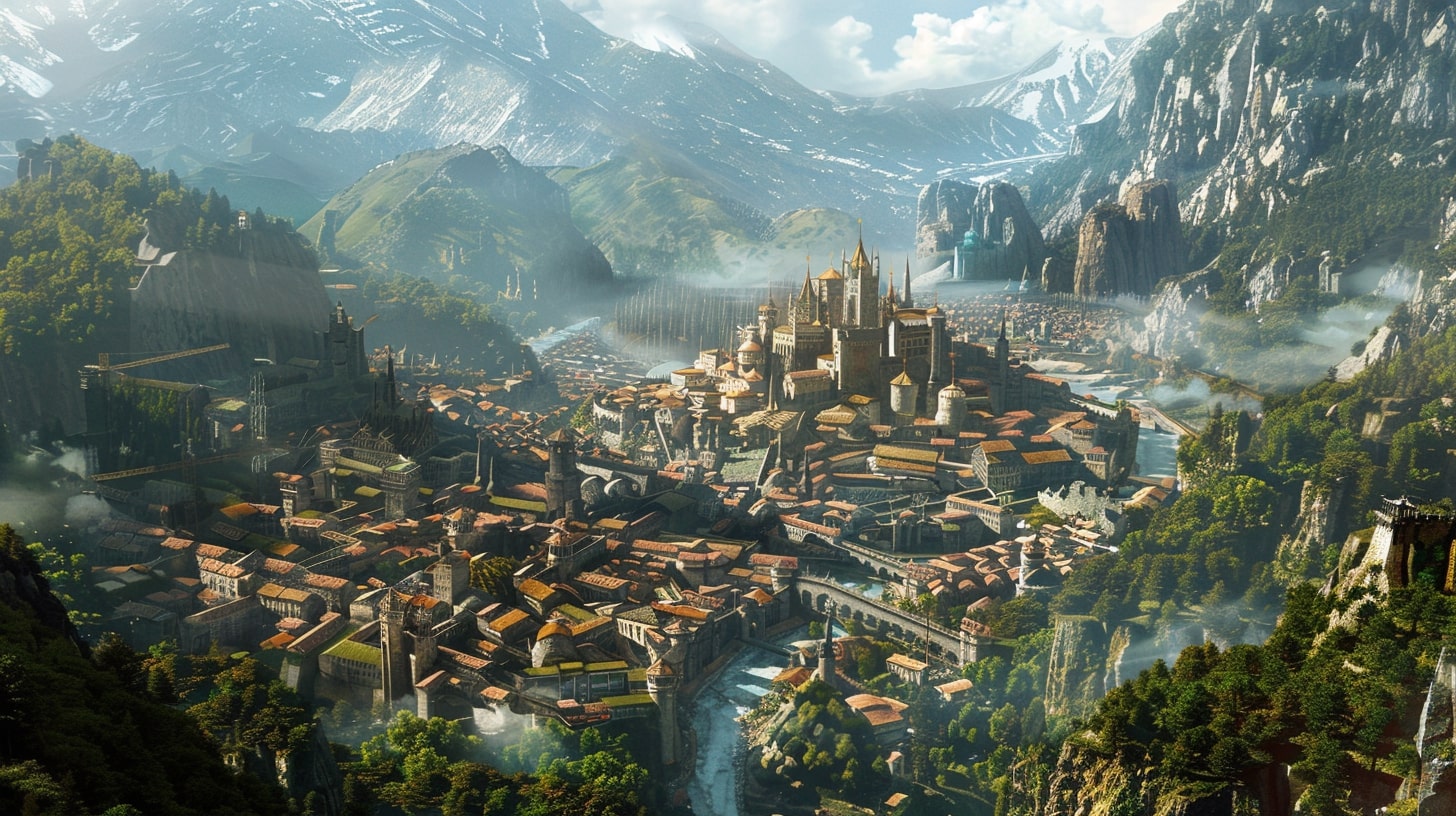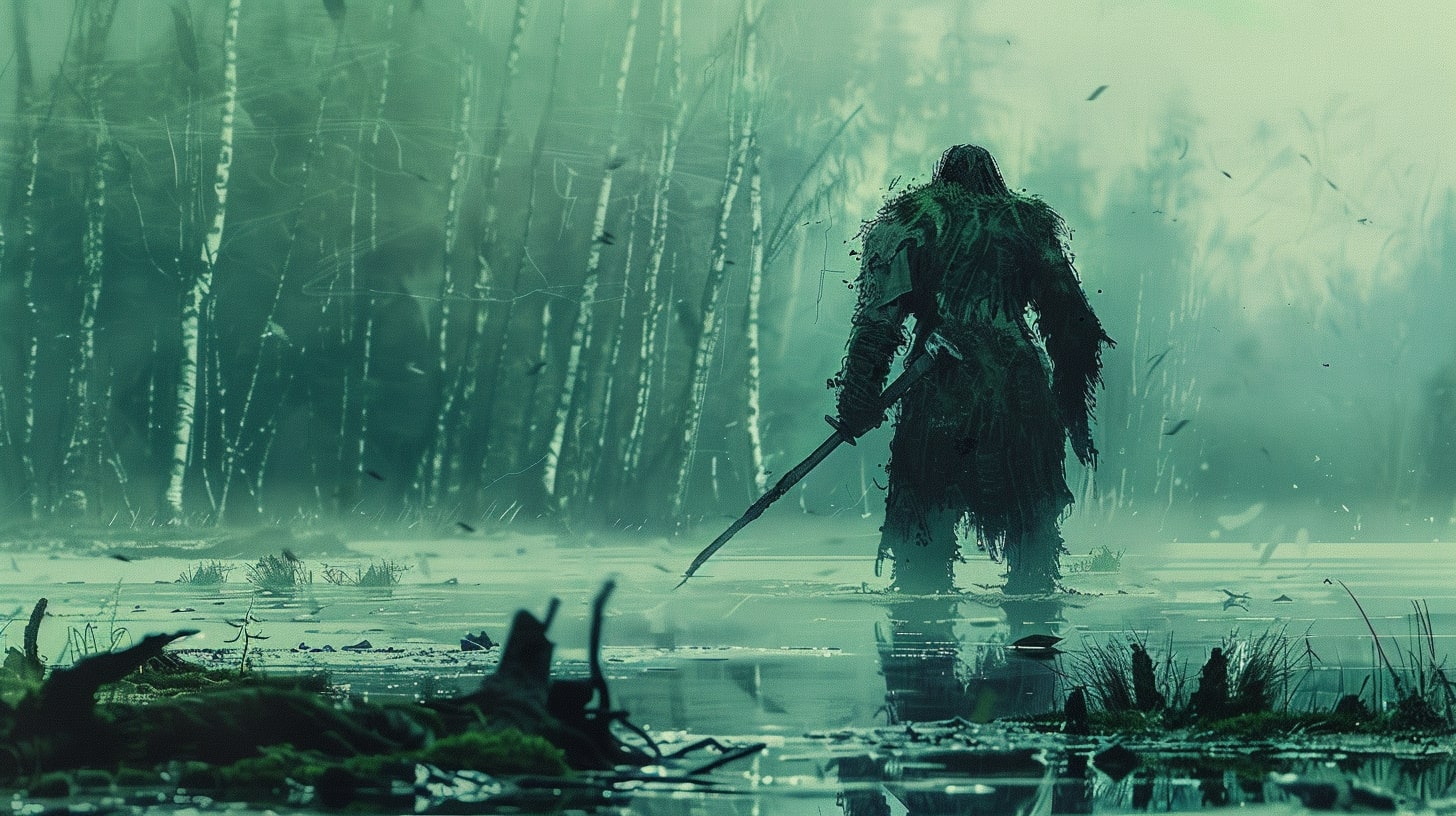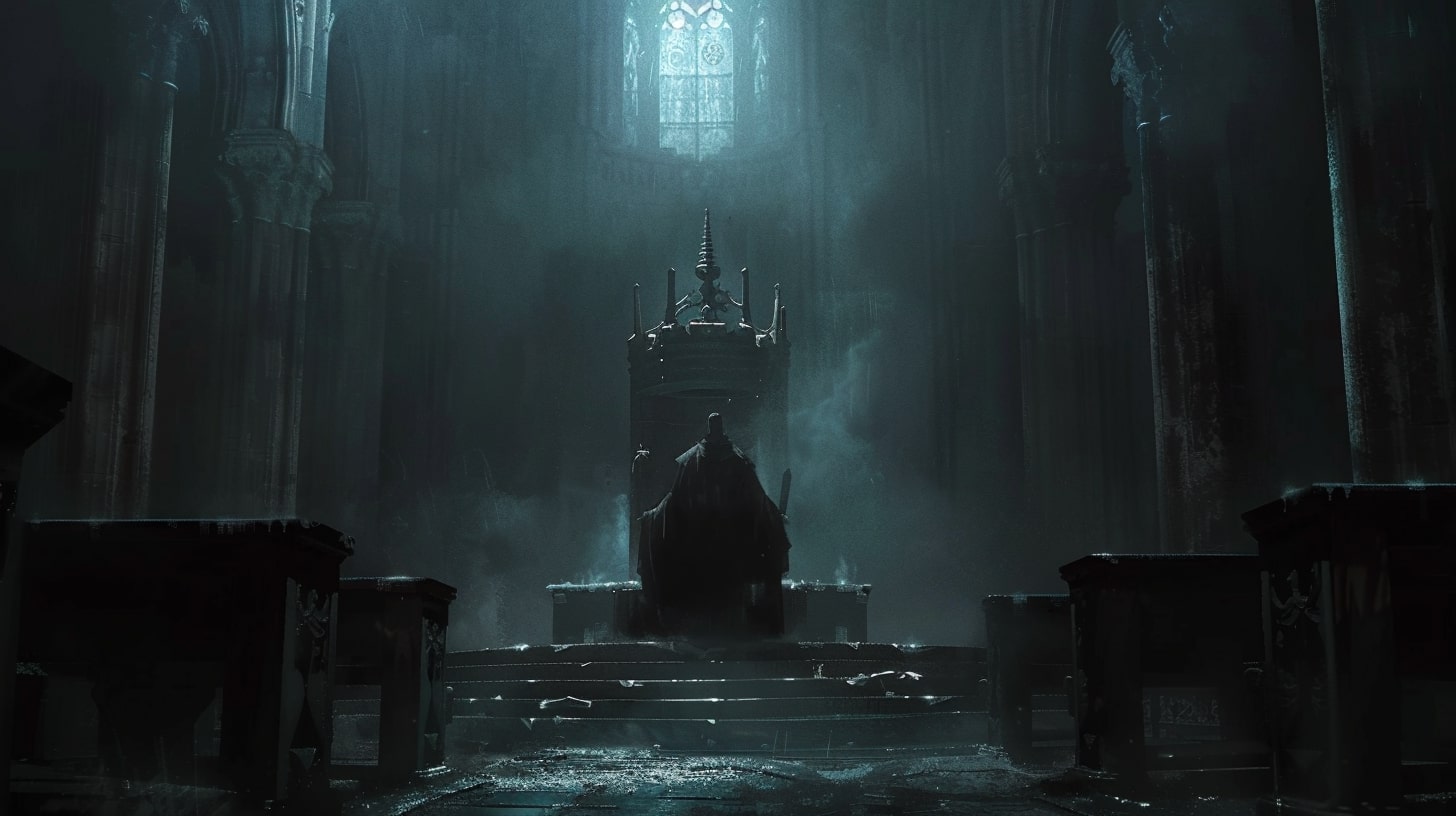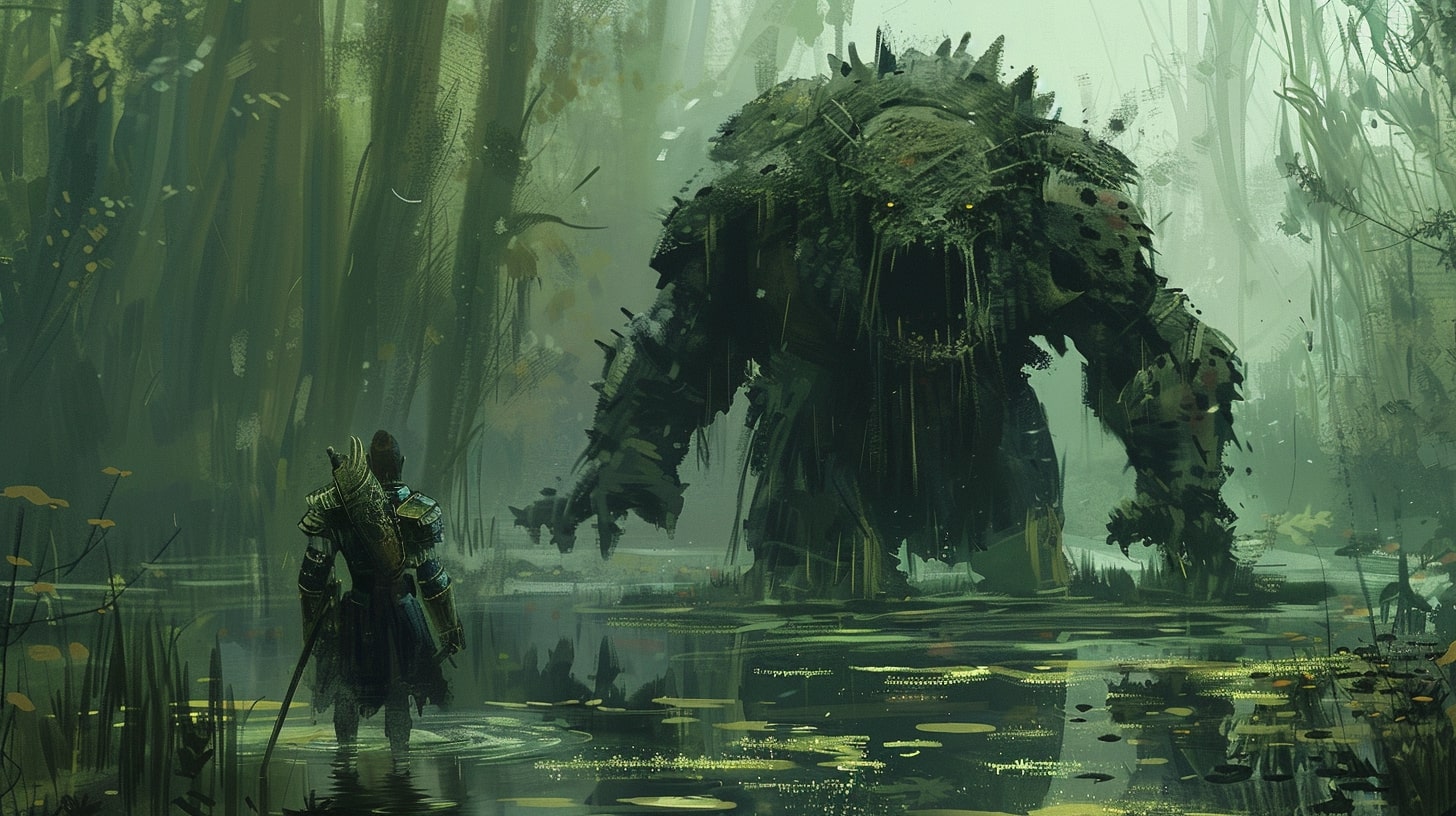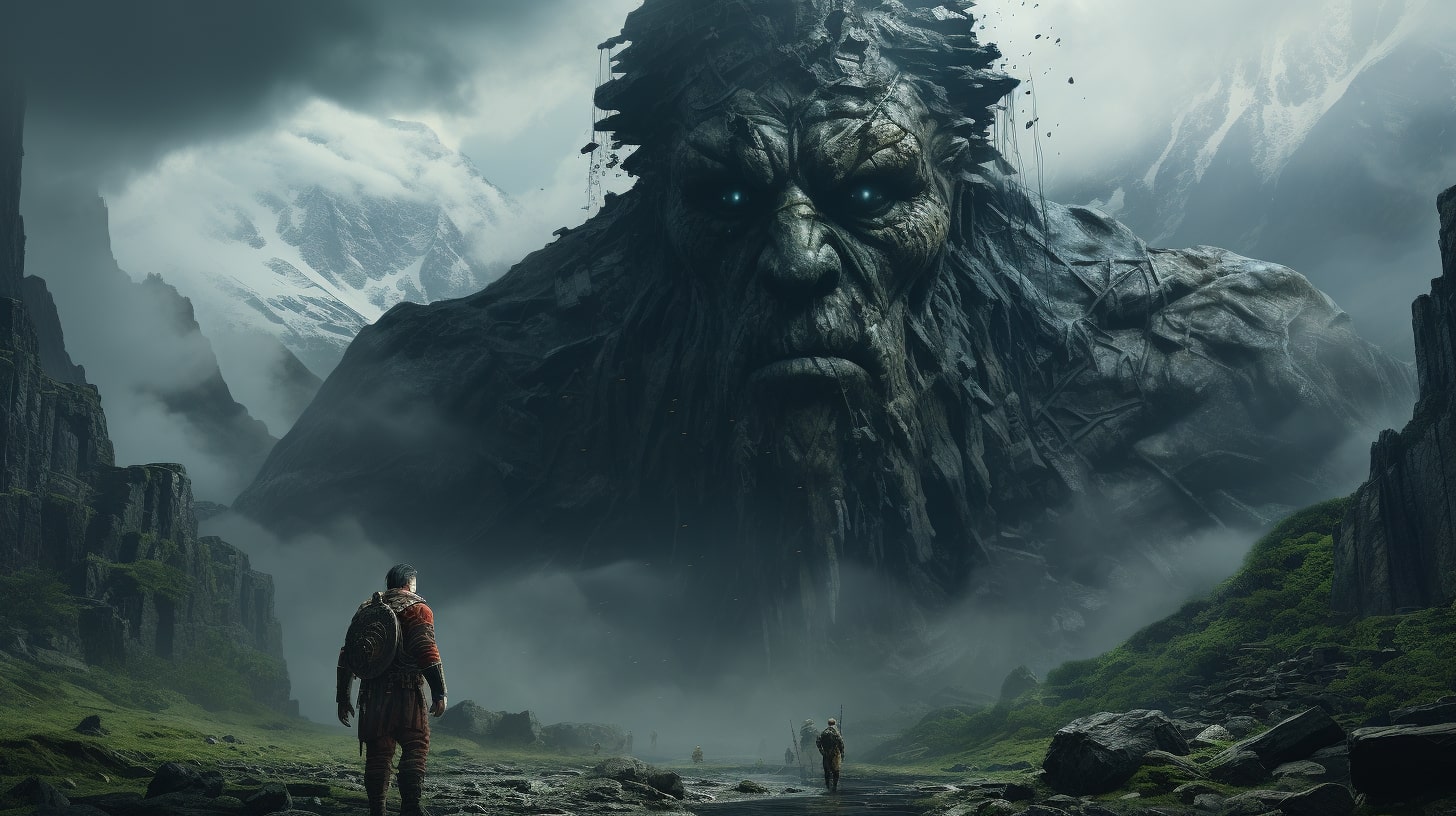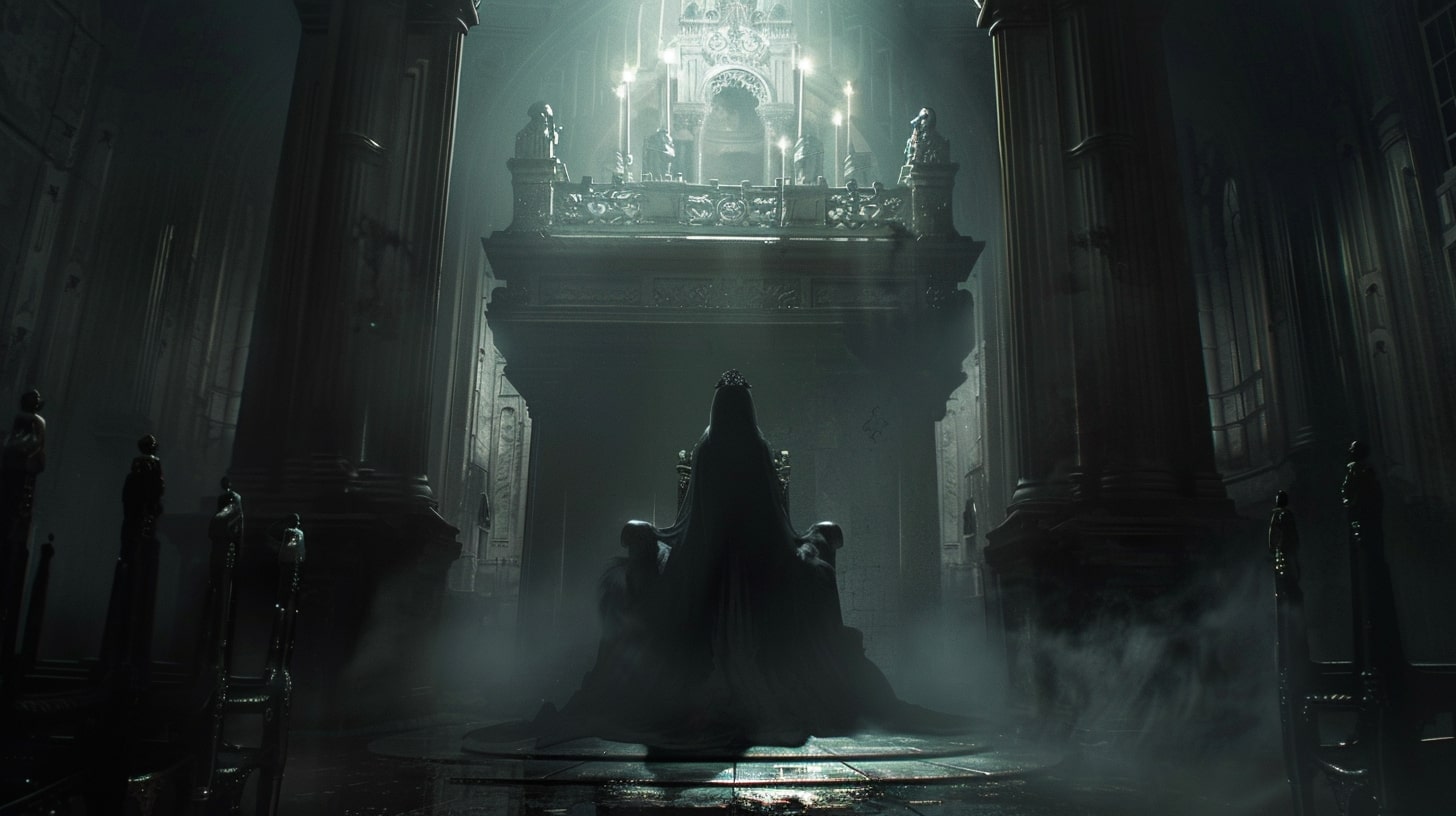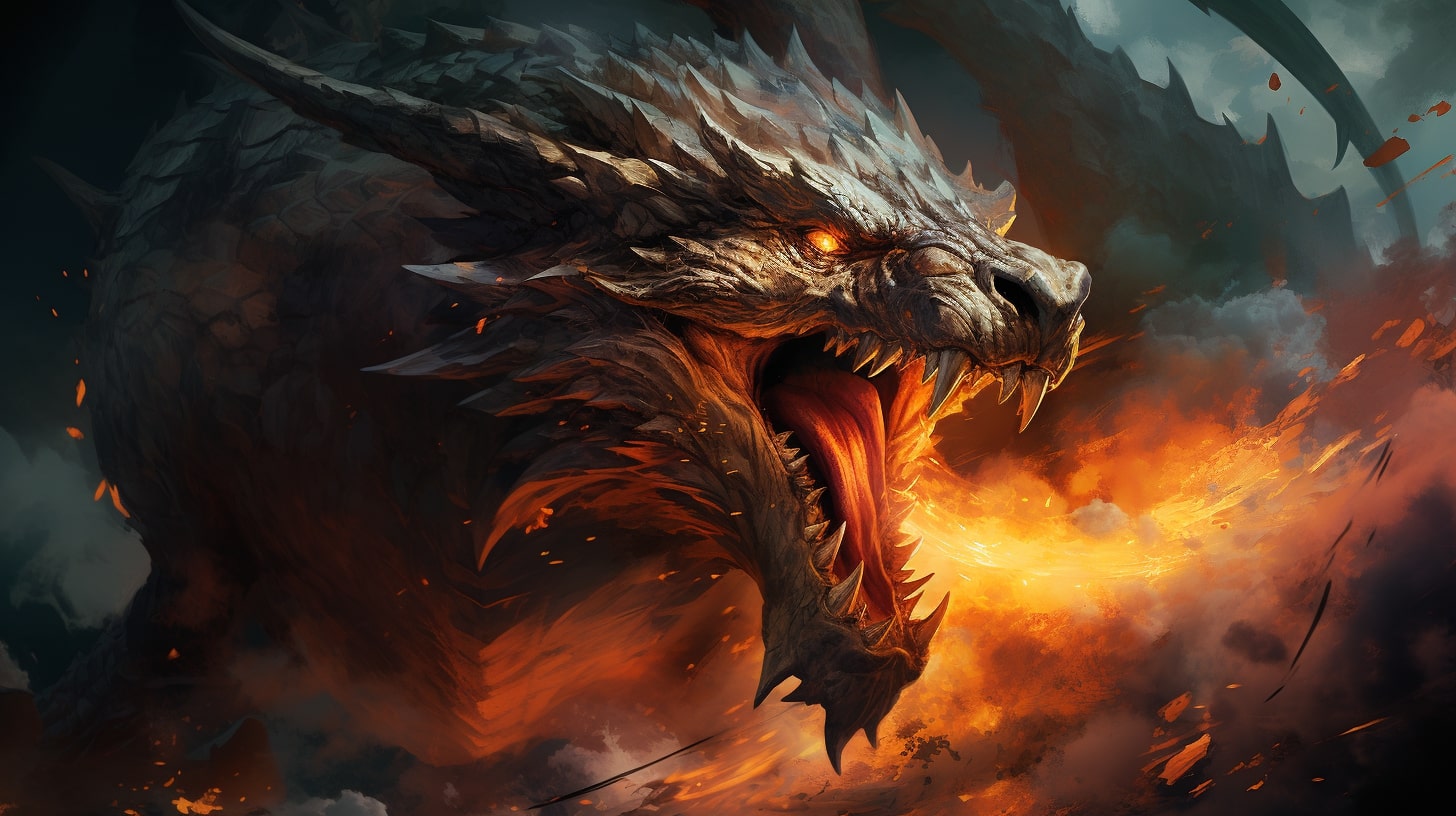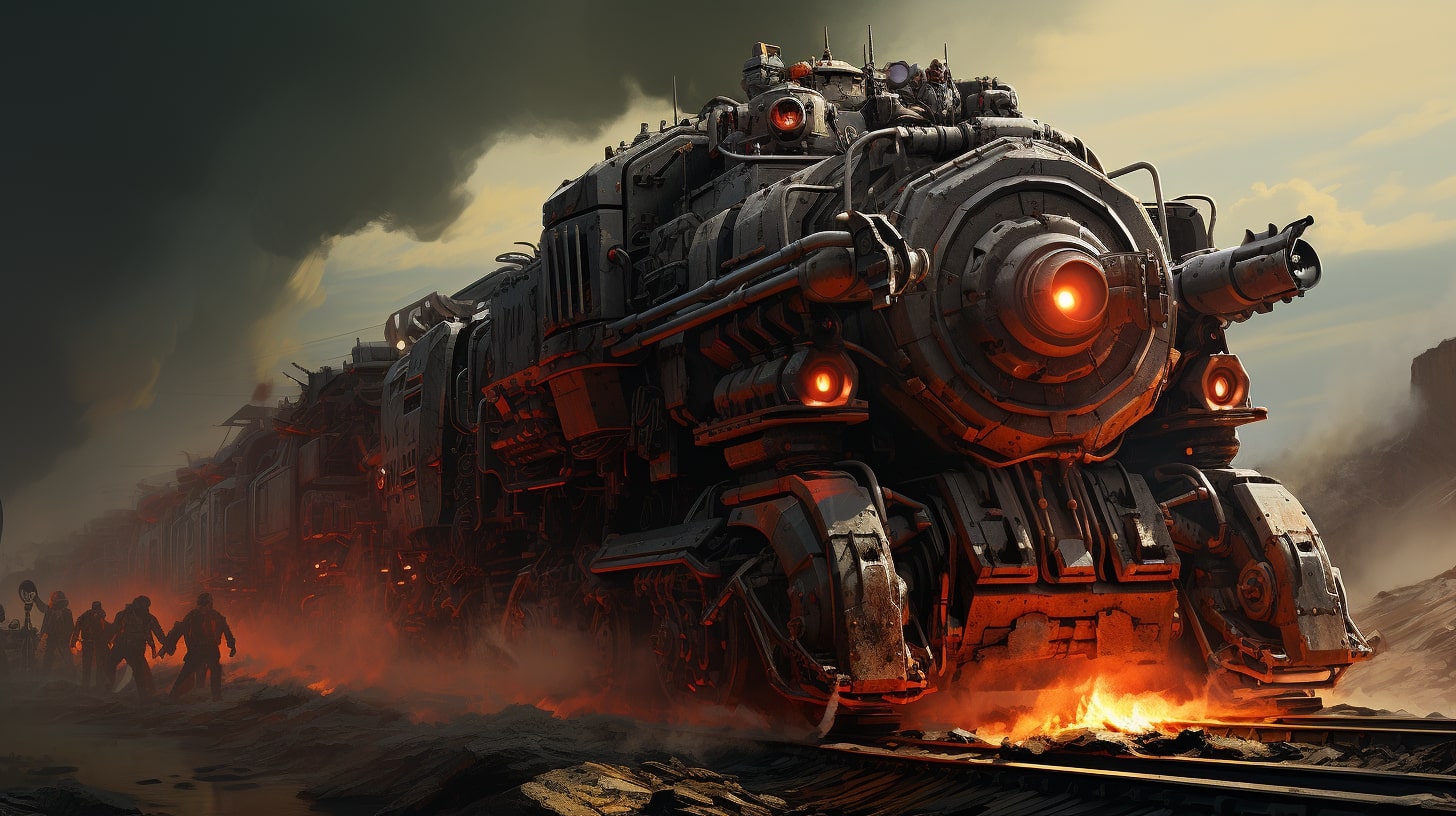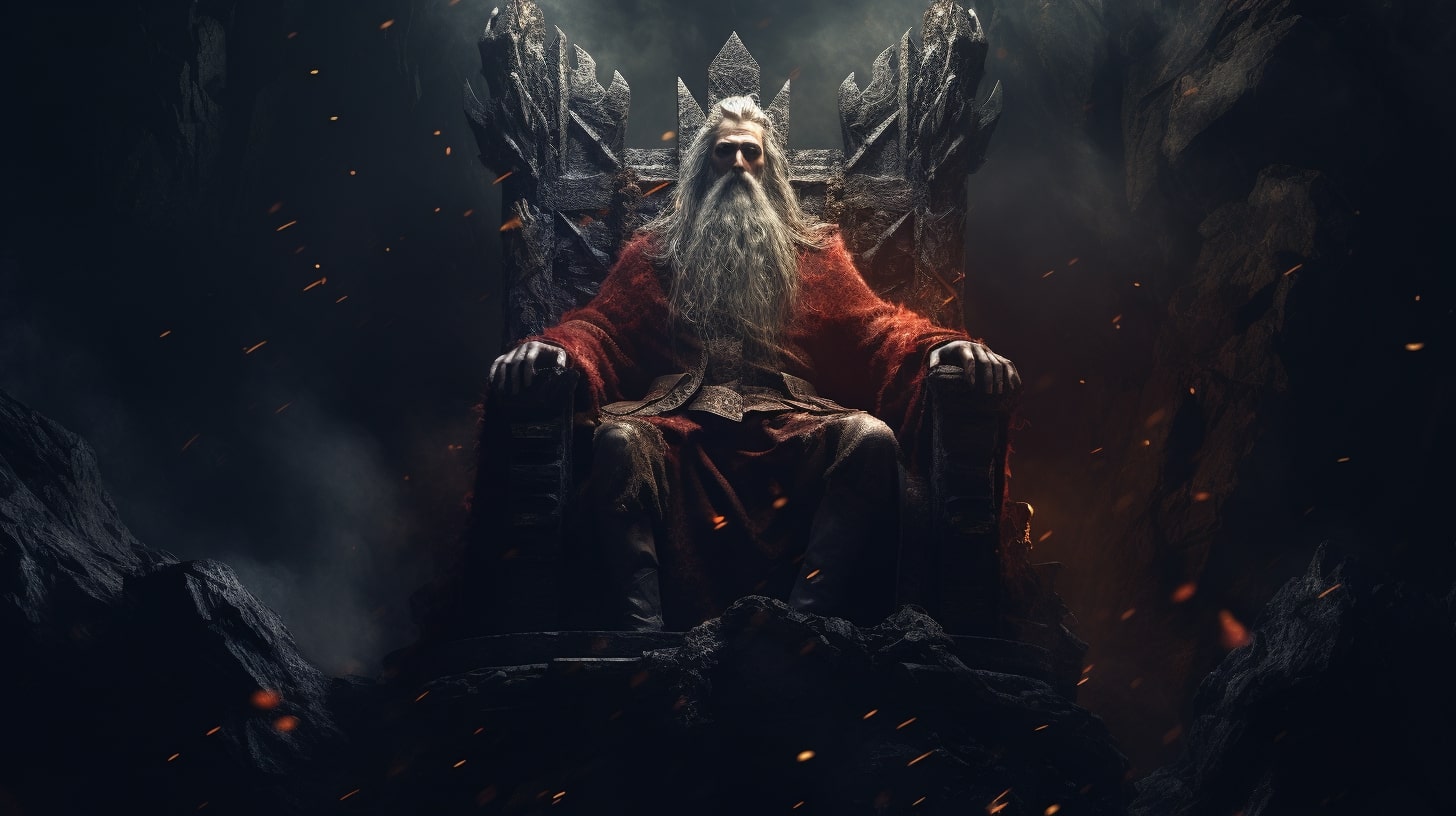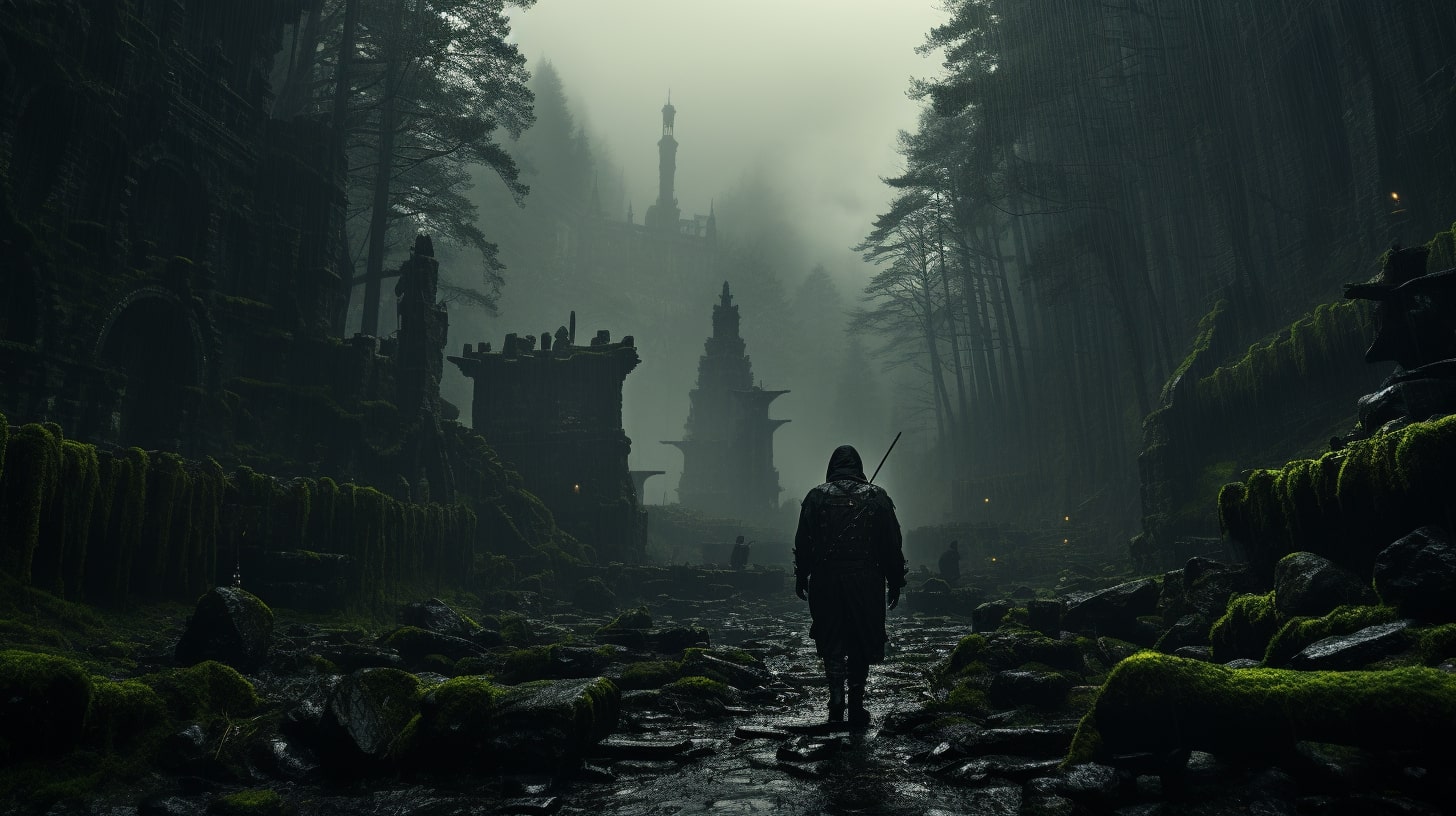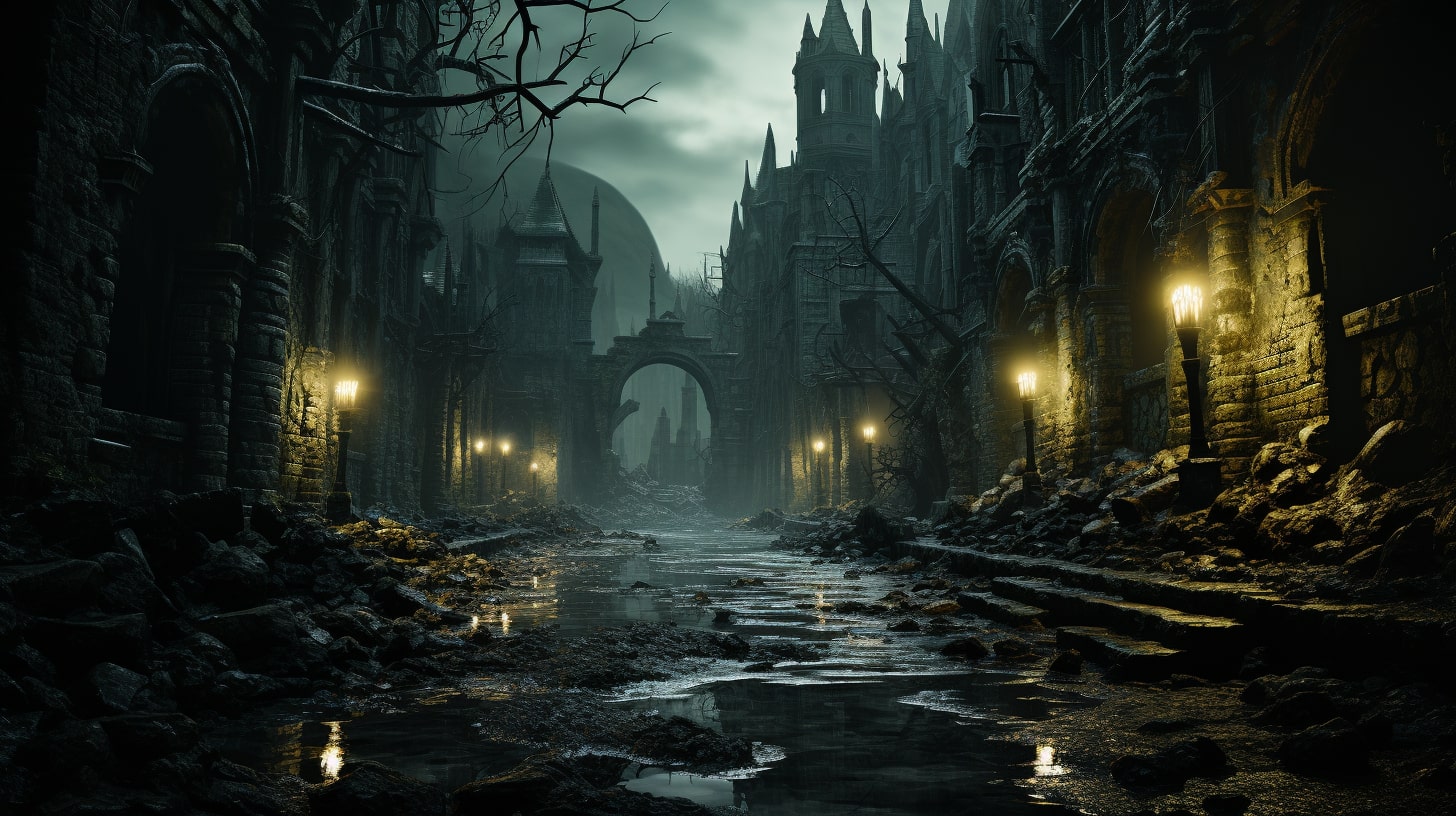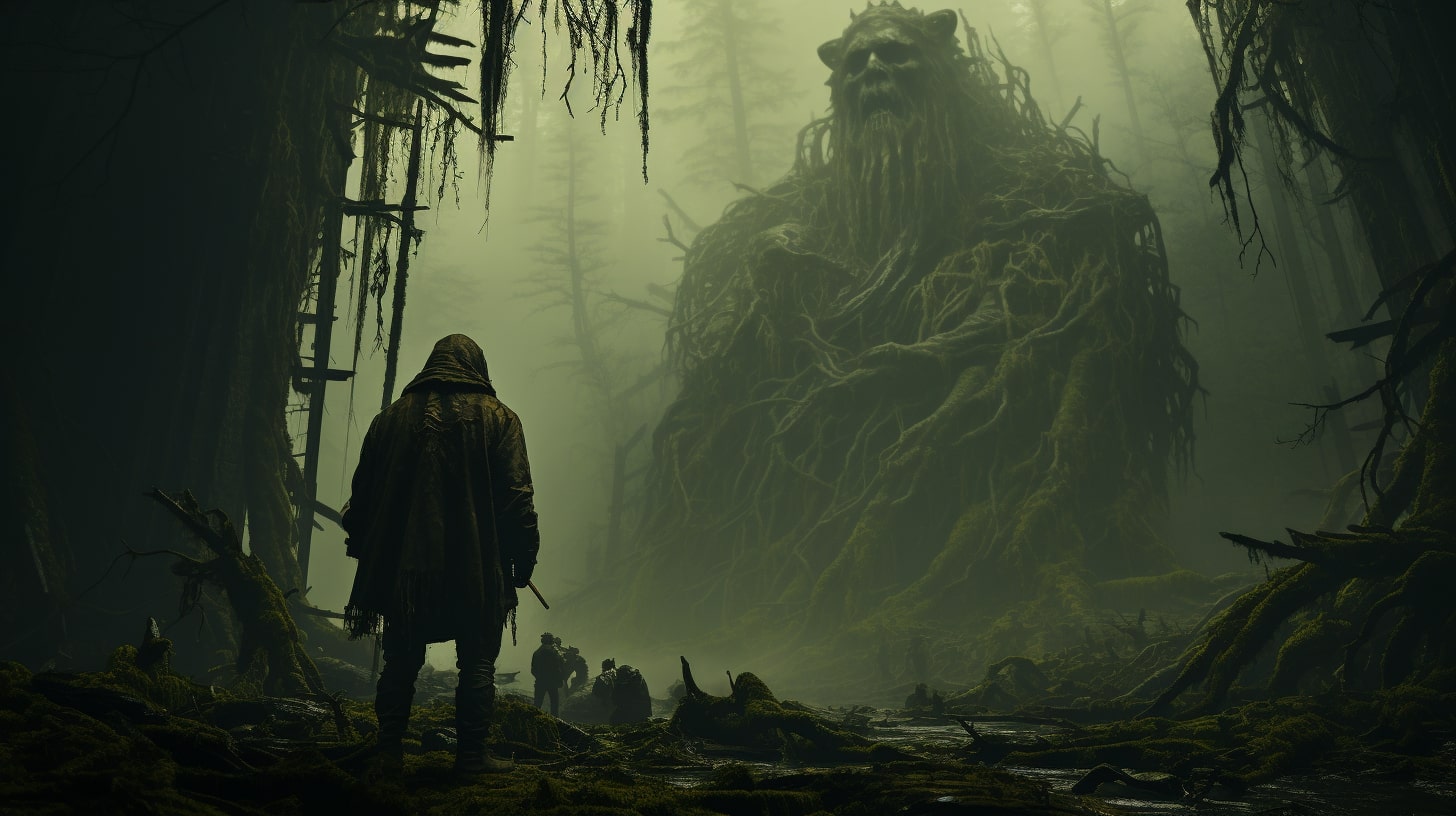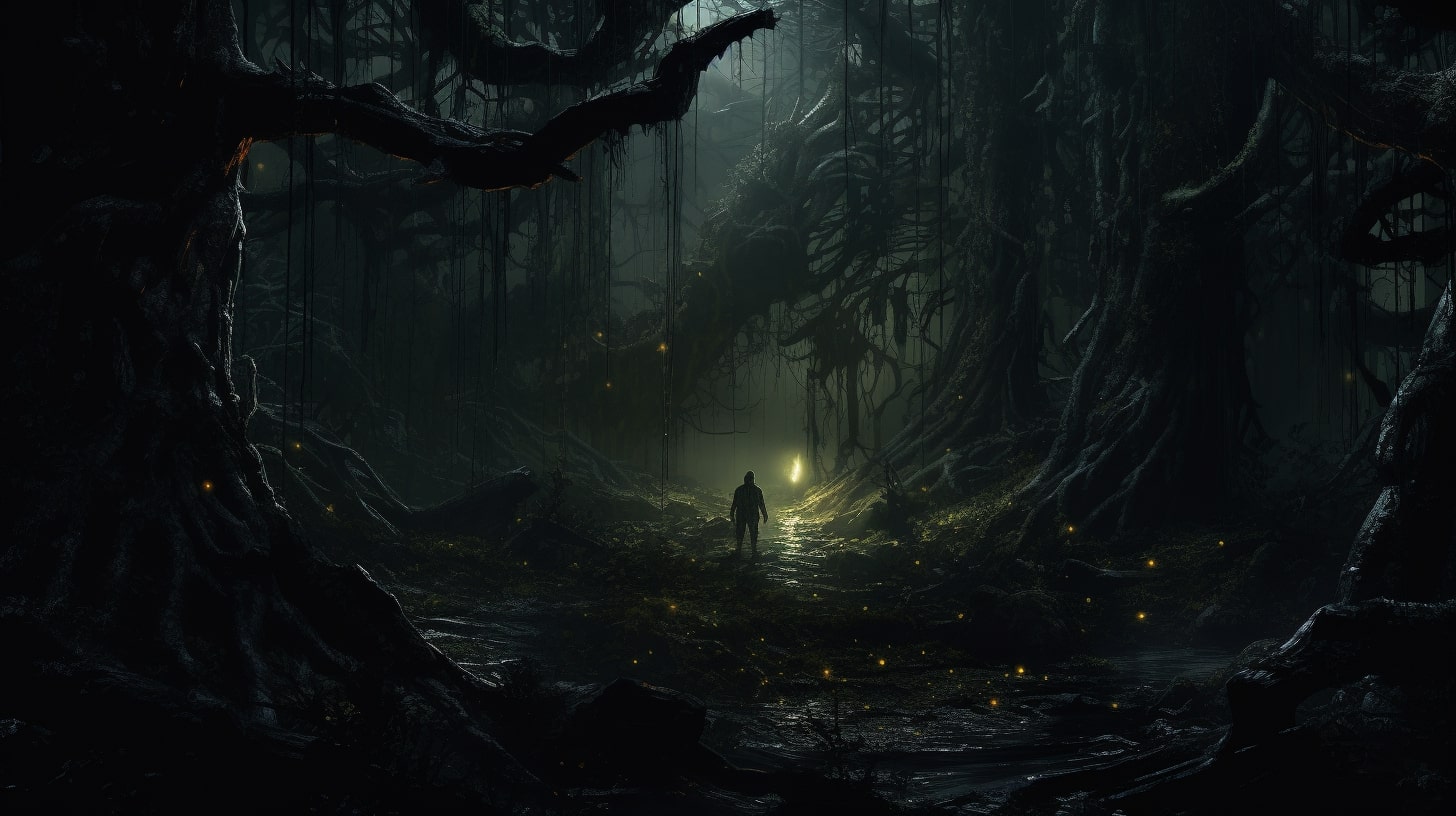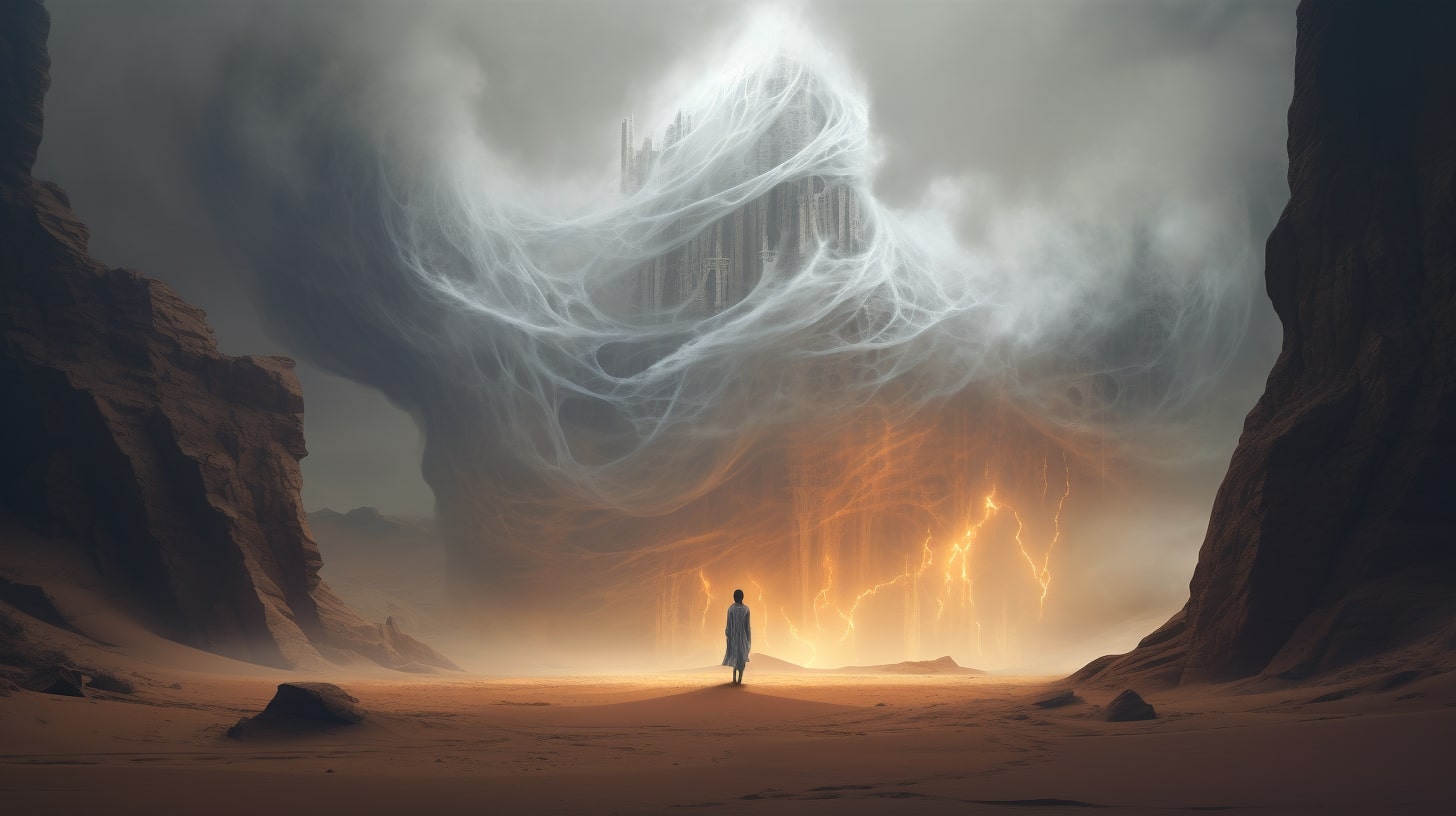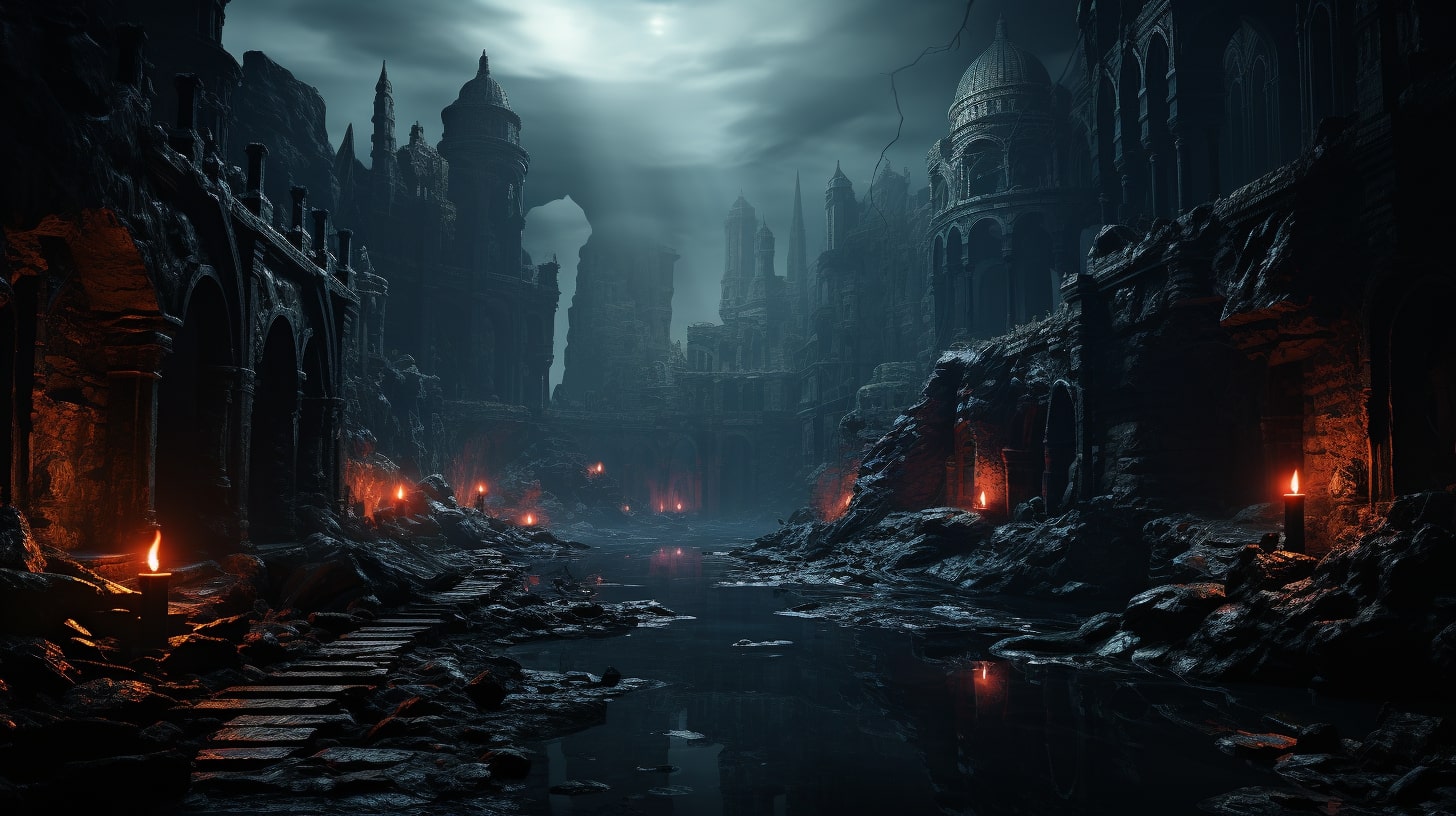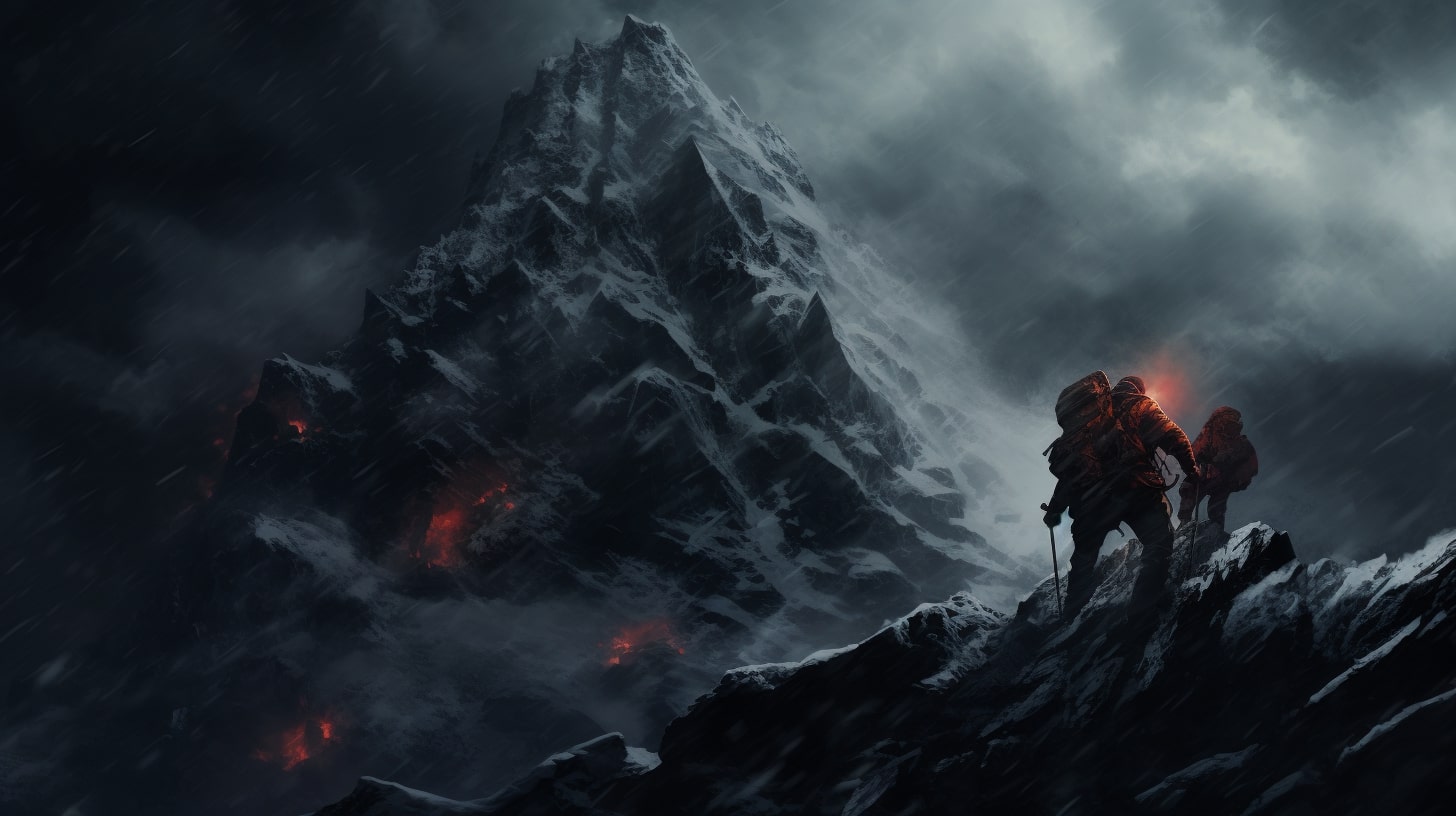Look, I get it. You've got this amazing story idea bouncing around in your head, but every time someone asks you about the magic system or the politics or why your dragons don't just torch everyone and take over, you start sweating like a kid who forgot to study for the test.
Welcome to the wonderful world of hard worldbuilding, where the answer to "how does that work?" isn't "because magic" or "don't worry about it."
It's a methodical, systematic approach to creating fictional universes that actually make sense. And before you run away screaming, let me tell you something. This isn't about becoming the next Tolkien and spending decades creating languages nobody will speak (though if that's your thing, go for it).
Hard worldbuilding is about building a foundation solid enough that your readers can suspend their disbelief without getting a hernia. It's the difference between a house built on concrete and one built on sand. Both might look pretty from the outside, but only one survives the first storm.
I learned this the hard way. My first fantasy novel had a magic system with more holes than Swiss cheese and a political structure that made about as much sense as pineapple on pizza (fight me). Readers noticed. Boy, did they notice. That's when I discovered there's actually a method to this madness.
What Is Hard Worldbuilding?
Hard worldbuilding is the architectural approach to creating fictional worlds. Instead of winging it and hoping for the best, you plan, document, and systematically develop every major aspect of your world before you start telling stories in it.
Think of it like building a house. You don't just start hammering boards together and hope it doesn't fall down. You draw blueprints. You plan the foundation. You figure out where the plumbing goes before you pour the concrete. Hard worldbuilding is the blueprint phase of fictional world creation.
The core principles are pretty straightforward. First, you document everything. I mean everything that matters to your story. Not the menu at every tavern (unless you're writing a culinary fantasy), but the big stuff. How does magic work? What drives the economy? Who's in charge and why do people let them stay there?
Second, everything has to be logically consistent. If you establish that magic requires a blood sacrifice on page 50, your protagonist can't suddenly cast spells with happy thoughts on page 200 without explanation. Internal logic is your best friend and biggest enemy rolled into one.
Third, you plan most of this stuff before you start writing. That doesn't mean you can't discover things along the way (some of my best worldbuilding came from asking "wait, how would that actually work?" while writing), but you need the foundation laid first.
The beautiful thing about hard worldbuilding is that it makes writing easier, not harder. When you know how your world works, you know what your characters can and can't do. You know what conflicts are possible. You know what questions your readers might ask, and you have answers ready.
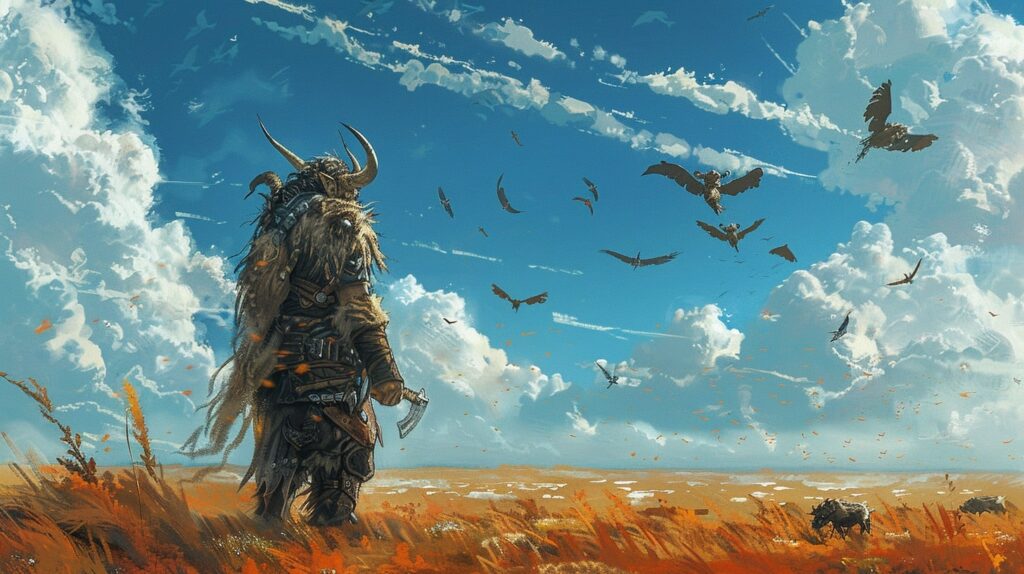
Understanding the Hard vs Soft Worldbuilding Spectrum
Here's where people get confused. They think hard and soft worldbuilding are like choosing between chocolate and vanilla ice cream. You pick one and stick with it. But that's BS. It's more like a spectrum, and most successful writers land somewhere in the middle.
Soft worldbuilding is the impressionist painting approach. You give readers just enough detail to spark their imagination, then let them fill in the blanks. Think Lord of the Rings (yes, Tolkien used soft worldbuilding in his actual stories, even though he did massive hard worldbuilding behind the scenes). We know magic exists, but we don't get a manual on how Gandalf's powers work.
Hard worldbuilding shows more of the iceberg. You explain the magic system. You detail the political structure. You make readers understand how things work so they can predict consequences and feel smart when they figure stuff out before the characters do.
The spectrum approach means you do extensive worldbuilding behind the scenes but only reveal what serves your story. Brandon Sanderson is the poster child for this. He spends months developing magic systems with mathematical precision, then reveals just enough so readers can follow along without getting lost in the weeds.
I used to think I had to choose a side. Either go full Tolkien and create languages and genealogies going back three thousand years, or keep everything vague and mysterious. Both approaches bit me in the ass. Too much detail and readers got bored. Too little and they felt confused.
The sweet spot is doing your homework but not showing it off. Know how your world works inside and out, then let that knowledge inform your story without drowning readers in exposition. It's like being a method actor who researches their character's entire backstory but only reveals what's relevant to the scene.
The genre you're writing matters too. Epic fantasy readers generally expect more systematic worldbuilding than urban fantasy readers. Hard science fiction demands scientific accuracy that space opera can handwave. Know your audience and what they expect, then deliver just enough to satisfy them without overwhelming.
Proven Hard Worldbuilding Techniques That Actually Work
Let me share some frameworks that'll save you from the chaos I went through. These aren't academic theories. They're battle-tested methods that work.
The Four Cs Framework keeps you focused on what matters. Creative means your world has something unique that sets it apart. Complete means you've developed enough detail to support your story without plot holes. Consistent means your internal logic doesn't contradict itself. Compelling means it serves your story instead of existing for its own sake.
I use what I call the SUPREME Method for systematic coverage. Social structures (who's in charge and why), Underworld activities (crime, black markets, the stuff that happens in shadows), Political systems (how power actually works), Religious elements (what people believe and why), Economy (how money and resources flow), Military organization (who fights and how), and Environment (geography, climate, natural resources).
You don't need to develop all seven equally. Focus on what matters for your story. Writing a political thriller? Spend more time on social and political systems. Adventure story? Environment and military might be more important.
The iceberg principle is your best friend. Develop ten times more than you'll show. Know the history of that magical artifact going back centuries, but only mention what's relevant to your plot. This depth creates authenticity even when readers only see the surface.
Start small and expand outward. Don't try to build the entire world at once. Begin with the immediate setting of your story, then develop the broader world as needed. I made the mistake of mapping entire continents before I'd figured out what happened in the single city where my story took place.
The "because therefore but" test helps maintain logical consistency. Every major element should connect causally to others. Magic exists because of X, therefore society developed Y, but this created problem Z. If you can't draw these connections, you might need to rethink your approach.
Document everything as you go. Use whatever system works for you, but write it down. Trust me, you'll forget the clever explanation you came up with for why the magic doesn't work on Tuesdays. Keep a world bible, update it regularly, and refer to it when you're writing.
Learning From the Masters
Brandon Sanderson turned systematic worldbuilding into an art form. His First Law of Magic states that your ability to solve problems with magic is directly proportional to how well readers understand it. Translation: if you want magic to save the day, readers need to understand how it works beforehand.
His approach starts with limitations. What can't magic do? What does it cost? Who can use it and why? He spends more time on constraints than capabilities because limitations create conflict, and conflict drives story. When you know exactly what your characters can and can't do, you write better problems for them to solve.
Sanderson also popularized the "expand what you have before adding something new" principle. Instead of introducing seventeen different magic systems, he explores every implication of one system. What would a society with metal-based magic look like? How would it affect architecture, warfare, art, religion? Depth beats breadth every time.
Tolkien's approach was different but equally systematic. He started with languages because he was a linguist, then built cultures around those languages. The languages informed the cultures, which informed the history, which informed the geography. Everything connected organically because it grew from the same roots.
You don't need to create languages (unless you want to), but Tolkien's method of building from your strengths works. If you're fascinated by military tactics, start with warfare and let that shape your political systems. Love economics? Begin with trade routes and resources. Your natural interests will create more authentic detail than forcing yourself to develop areas that bore you.
N.K. Jemisin shows how to ground fantastical elements in real research. Her magic system in the Broken Earth trilogy is based on actual geological science. The fantasy elements feel believable because they're built on scientific foundations. You don't need a geology degree, but understanding the real-world basis for your fantastical elements adds credibility.
The lesson from all these masters is the same. Start with what fascinates you, develop it systematically, and let that depth inform everything else. Don't try to be Tolkien or Sanderson. Be the best version of yourself with better worldbuilding tools.
Essential Tools and Resources for Hard Worldbuilding
You don't need fancy software to build great worlds, but the right tools make the job easier. I've tried everything from index cards to complex databases, and here's what actually works.
For beginners, start simple. OneNote or any note-taking app with good search functionality will handle 90% of your needs. Create different sections for different aspects of your world. The key is being able to find information quickly when you need it.
If you want something more sophisticated, World Anvil is the gold standard for dedicated worldbuilding platforms. It has templates for everything from political systems to magic schools, interactive maps, and timeline features. The learning curve is steep, but if you're serious about worldbuilding, it's worth the investment.
Campfire Writing costs less and integrates worldbuilding with manuscript editing. It's designed specifically for writers rather than tabletop gamers, so the interface feels more natural if you're not into RPGs.
For free options, Notion provides database functionality that's perfect for systematic worldbuilding. You can create linked databases for characters, locations, organizations, and events. The relationships between elements become visible, which helps maintain consistency.
Don't overlook simple tools. A spreadsheet can track magical rules or political relationships. A mind mapping app can visualize connections between world elements. Sometimes the simplest tool is the right tool.
AI tools are entering the space, but use them carefully. They're great for brainstorming and overcoming creative blocks, but they tend toward generic fantasy tropes. Use AI as a creative partner, not a replacement for your imagination. Generate ideas, then make them uniquely yours.
The most important tool is documentation discipline. Whatever system you choose, use it consistently. Update it regularly. Reference it when writing. The best worldbuilding system is the one you actually use.
Common Hard Worldbuilding Mistakes (And How to Avoid Them)
I've made every worldbuilding mistake possible, so let me save you some pain. The biggest trap is what I call Tolkien Syndrome. You fall so in love with worldbuilding that you never actually write the story. I spent six months developing a magic system for a story I never finished because I kept finding new aspects to explore.
Set boundaries. Decide what you need to know for your specific story, build that, then start writing. You can always expand later. Perfect worldbuilding that never supports a story is just an expensive hobby.
The second mistake is creating monolithic cultures where everyone thinks and acts the same way. Real cultures have internal conflict, generational differences, regional variations, and individual dissent. Your fantasy kingdom shouldn't have unanimous political opinions any more than real countries do.
Info-dumping is the third killer. You've done all this worldbuilding work, and you want readers to appreciate it. So you explain everything in giant exposition blocks that stop your story dead. Instead, reveal information through character actions and observations. Show, don't lecture.
Inconsistent rules destroy reader trust faster than anything else. If magic requires specific components on chapter one, those components matter for the entire book. Keep a reference guide and check it regularly. Readers will notice contradictions, especially in fantasy and science fiction.
The "rule of cool" trap catches a lot of writers. Something sounds awesome, so you add it without considering how it fits with everything else. That flying motorcycle might be cool, but if your story is set in medieval fantasy, you need to explain how it works within your established magic system.
Overcomplicating simple concepts wastes time and confuses readers. Not everything needs seven subsystems and historical precedents. Sometimes a sword is just a sword. Save your complexity for elements that actually matter to your story.
Finally, neglecting consequences kills believability. If magic exists, how has it shaped society? If dragons are real, why hasn't someone figured out how to hunt them systematically? Every major world element should have logical effects on how people live, work, and organize themselves.
Your Hard Worldbuilding Implementation Guide
Ready to actually do this? Here's your step-by-step process, tested by someone who's screwed it up enough times to know what works.
Start with story needs, not world completeness. What does your specific story require? If you're writing about a magical school, you need the education system figured out. If it's political intrigue, focus on power structures. Don't build what you won't use.
Choose 3-4 core elements that are crucial to your story. Maybe it's the magic system, the political conflict, and the geography. Develop these thoroughly before moving to secondary elements. Quality beats quantity.
Use the SUPREME method as a checklist, but don't feel obligated to develop every category equally. Hit the high points for story consistency, then dive deep on what matters most.
Create your world bible as you go. Document decisions, rules, and important details. Format doesn't matter as much as consistency. Whether it's a simple text document or a complex database, make sure you can find information quickly.
Test your worldbuilding by asking "what if" questions. What if the magic stopped working? What if the king died tomorrow? What if trade routes were disrupted? If your world falls apart with simple questions, you need more development.
Start writing before you think you're ready. Worldbuilding can become procrastination in disguise. Once you have enough foundation to support your opening chapters, start the story. You'll discover gaps as you write, and that's fine. Fill them as needed.
Stay flexible. Your initial worldbuilding is a draft, not a final blueprint. If story needs require changes, make them. Serve the story, not the worldbuilding plan.
Review and refine regularly. As your story develops, your world understanding will deepen. Update your documentation to reflect new insights. Consistency matters, but so does evolution.
Most importantly, remember why you're doing this. Hard worldbuilding serves your story and your readers. It's not about impressing people with your creativity or showing off your research skills. It's about creating a foundation solid enough to support the stories you want to tell.
Build the world your story needs, document it well enough to stay consistent, and then get out of the way and let the story breathe. Your readers will thank you for it.
The best worldbuilding is invisible. Readers should feel like they're visiting a real place, not reading a construction manual. Do the work, then trust it to support your story without constantly showing it off.
Now stop reading about worldbuilding and go build something amazing. Your story is waiting.

